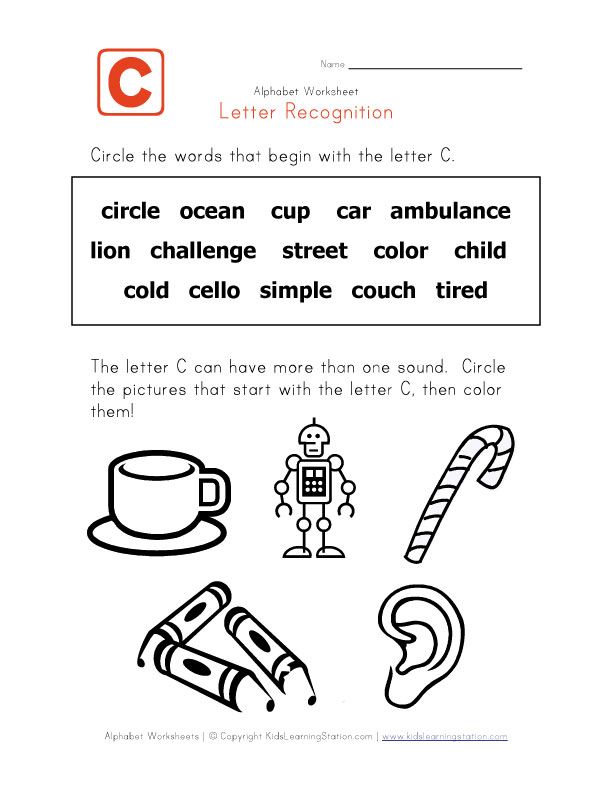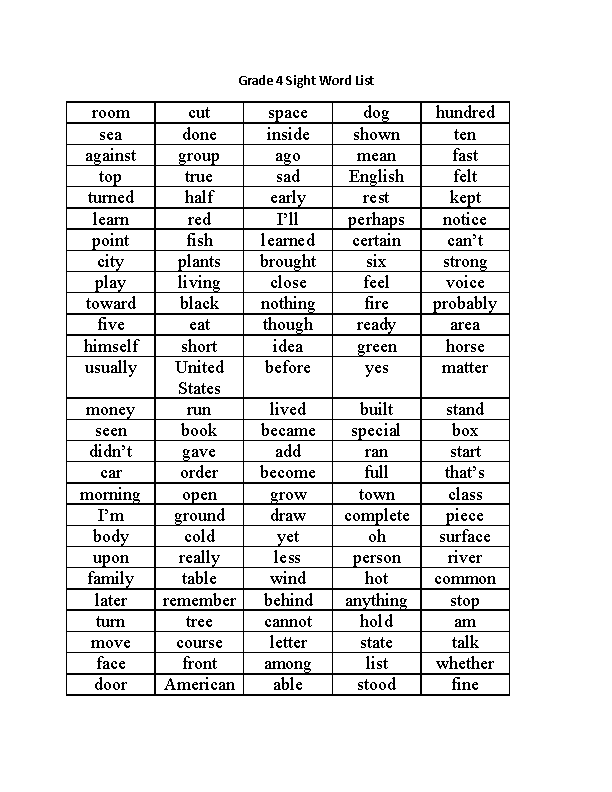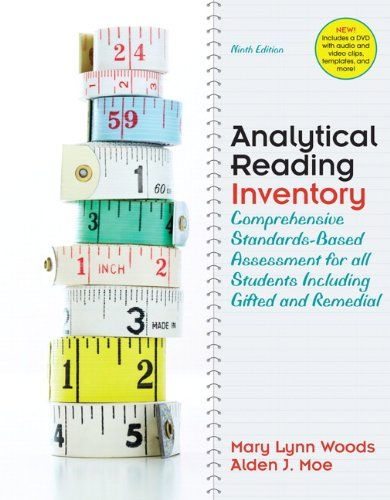Fun games to teach
40 Games to Play at the End of the Day
Anybody else’s end of the day complete chaos?!? Just me? Packing up, dismissals, cleaning up their areas, bus calls, announcements… oh yeah, and on top of that the students’ voice levels are at an all-time high. I don’t know about you, but the end of the day is one of the most stressful parts of my day. It’s the end of the school day and I’m exhausted and also ready to go home. Some days after I provided several verbal prompts, bell ringing, light flashing, etc. I just give up because the students continue to be loud and all over the place. It wasn’t until I started playing games at the end of the day that all of this changed!
The students are so excited to play a game that I started using it as a classroom management tool. Several students at the end of the day always ask to play a game. However, I always say the same phrase: “Once everyone is packed up, floors cleaned, quiet and in their areas – we can play!”
As is the case with many activities, the novelty wore off quickly playing the same game (or few) each afternoon. Let’s face it the “quiet game” only gets us so far. I knew I needed more, so I did what I knew best! I reached out to our Teaching Trailblazers from our Fearless First Grade Teachers Group on Facebook to see what End of the Day Games other classrooms are playing. Here is a fun-filled, packed list of 40 Games to Play at the End of the Day with your Students!
I think the greatest thing about this list is that it truly doesn’t JUST have to be done at the end of the day! You can utilize these games throughout the entire day as brain breaks, transition activities, or even an afternoon for Fun Fridays!
End of the Day Game 1 ~ Secret Scrap
Are you looking for a creative way for students to clean up the room? Well, let me introduce the new “popular craze”….. SECRET SCRAP! Alright, so it may not be all that popular yet, but I know I am going to introduce this game to my class TOMORROW!
Rules are simple! The student who picks up the item/scrap on the ground that you spot… wins!!!
2 ~ 4 Corners
Number the corners of the classroom from 1 to 4.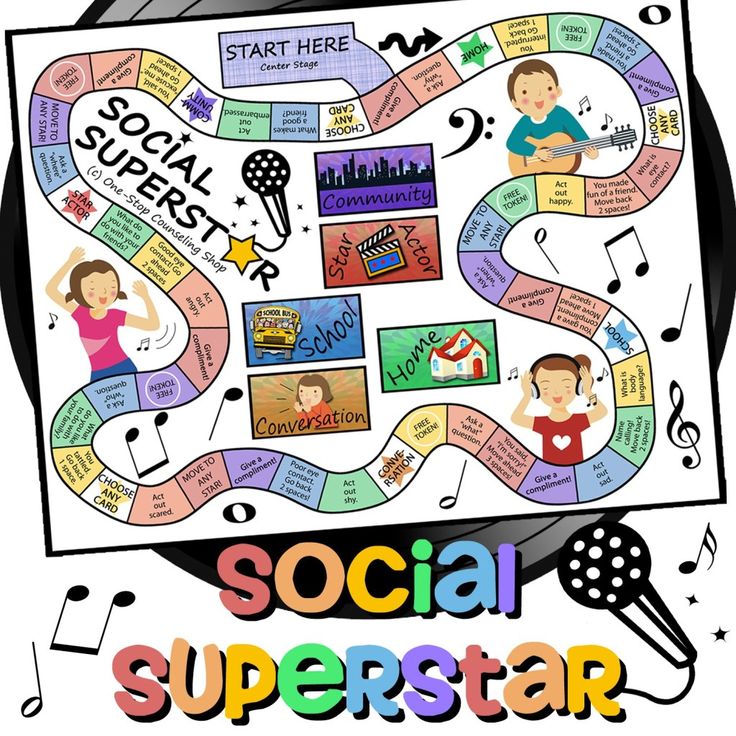 Select one student to be “It”. That person closes their eyes while the rest of the students go to one of the four corners in the classroom. When all students are scattered and settled in a corner, the person that is “it” calls out a number. All the kids who chose that corner are out of the game and must sit down.
Select one student to be “It”. That person closes their eyes while the rest of the students go to one of the four corners in the classroom. When all students are scattered and settled in a corner, the person that is “it” calls out a number. All the kids who chose that corner are out of the game and must sit down.
The students still playing choose a different corner and the player that is “it” closes their eyes again. This individual yet again calls out a number, and more students sit down. When the game gets down to four people or fewer, each must choose a different corner. The game continues until only one student is left. That student becomes “It” for the next round.
Sometimes if students are not closing their eyes to choose a corner or other students are yelling that they are “looking” it is time to get creative! You can roll a dice to identify the corner, use a number generator program online, pick a number out of a bowl, or any other creative way you can come up with!
Game 3 ~ I Spy
“I SPY… with my little eye, something that is ______”. Here is another game on this list that is just so adaptable! You can stick with the classic by identifying the color of the item you are thinking about. Other options include function, classification, inside the classroom/outside the classroom, story related, etc.
Here is another game on this list that is just so adaptable! You can stick with the classic by identifying the color of the item you are thinking about. Other options include function, classification, inside the classroom/outside the classroom, story related, etc.
This is such a popular game that Education to the Core created an “I SPY” resource as its inspiration!
4 ~ Hangman
Academic or fun in nature, hangman is a GREAT option for the end of the day. Rules are simple! Think of a word or phrase and place that number of blanks on the board. I go around the room and allow each student to guess one letter. If the letter is in the word or phrase, then you write the letter in the blank space. If not, then a portion of your drawing will be completed. I tend to not go for the original person drawing, but choose items with several parts like a UFO, animal, etc. Not only do the students get to laugh at the “awful” drawing I do, but also it is always changing. Once the drawing is completed, then the game is over and the class will lose. However, if a student guesses the word/phrase correctly or all the letters are guessed, the class wins!
Once the drawing is completed, then the game is over and the class will lose. However, if a student guesses the word/phrase correctly or all the letters are guessed, the class wins!
I love this game because it is so easy to incorporate a theme or academic topic that you’ve been working on into the game!
5 ~ Beach Toss
Have you ever used a beach ball in your classroom before? When the summertime rolls around, I run to the dollar store to buy a whole bunch of them! Next comes the sharpie marker! The options are truly ENDLESS when it comes to this activity! In each section of the beach ball, you write a question or fact to solve. When you toss the ball to a student, whatever section they catch it on is what they answer (I typically do a thumb). Great for the end of the day, during academics, or SEL lessons!
You can bring comprehension into the game when reading a story by writing Identify: Main characters, setting, problem, solution, etc. Math facts are easy to add to the ball or even some Social Emotional Learning opportunities to identify situations where they feel a certain emotion!
Game 6 ~ Silent Ball
Students stand together in a circle.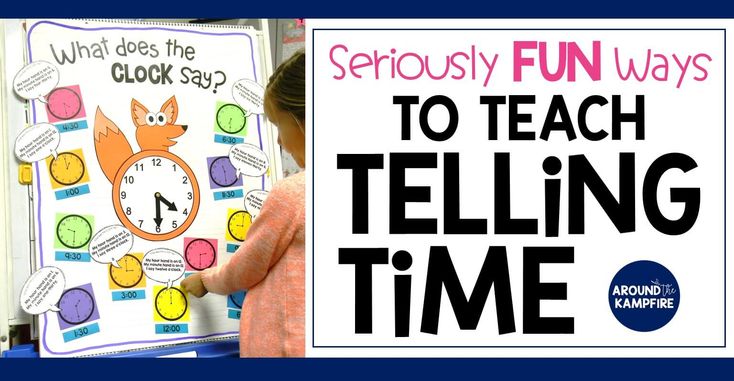 The game begins when the countdown begins…”3, 2, 1, silent”. Students pass the ball to another person within the circle. A player must sit down if:
The game begins when the countdown begins…”3, 2, 1, silent”. Students pass the ball to another person within the circle. A player must sit down if:
- They drop the ball.
- The student makes a bad pass.
- They talk or make noise.
Play continues until only one person remains.
7 ~ 1, 2, 3 Freeze
“1, 2, 3….Everybody Freeze”. The statue game has never been any better! Any movement and they have to sit down. Don’t feel like yelling out the directions of when to freeze after a long day of teaching? Here is a video to do it for you! Feeling a little festive with the holidays approaching? Here is a Holiday Dance and Freeze video as well!
8 ~ Monster Squeeze
Monster Squeeze is a game that reinforces number recognition and the concepts of greater and less than. To play the game you will need two print-out monsters (one facing left, one facing right) and a number line.
A student will identify a number from the number line.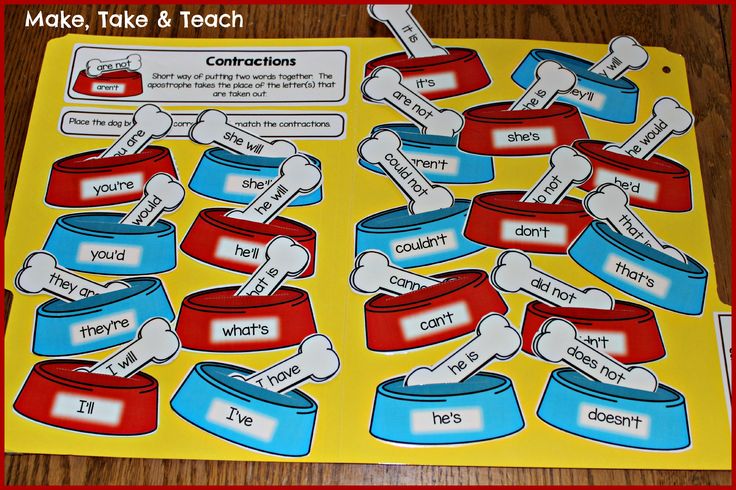 I usually have the student write their number down on a piece of scrap paper. Next, students in the class get a chance to guess the number. The student who picked the number must tell the class if their number is lower or higher than the number guessed.
I usually have the student write their number down on a piece of scrap paper. Next, students in the class get a chance to guess the number. The student who picked the number must tell the class if their number is lower or higher than the number guessed.
For example, the student picked the number “9” as their hidden number. One student in the class guessed a “2”. The student said that their number is higher than 2 and placed the monster facing right indicating that their number is higher than 2. Another student guessed 11, which in turn the student replied that it is less than 11 placing the monster facing left. Play continues until the number is guessed. That student is then the one to pick the next number!
Game 9 ~ “Doggy, Doggy, Where’s Your Bone?”
To play this game all you need is a bone! Well… probably not a real one. If your students are anything like mine…then they will probably end up hitting each other with it. *shrugs* So probably a paper version will suffice.
*shrugs* So probably a paper version will suffice.
One student is chosen to be “it”. They have to close their eyes or turn around. Another student is chosen to “hide” the bone by either sitting on it, in their sleeve, or even desk. Once the bone is out of sight, the whole class chants:
“Doggy, Doggy, Where’s your bone? Somebody took it from your home. Guess Who! It Might Be You!”
Then the student who is “it”, guesses 3 times who is hiding the bone.
10 ~ Heads Up, Seven Up
Here is a blast from the past! Gosh, I remember playing this game in elementary school! Although, I am NOT going to tell you the year or time frame!
All you have to do is select seven students, which will stand in front of the room. Tell everyone else to put their heads down on their desks and place their thumbs up. Each of the seven students will walk around the room and lightly tap one student’s thumb down. The seven students return to the front of the room.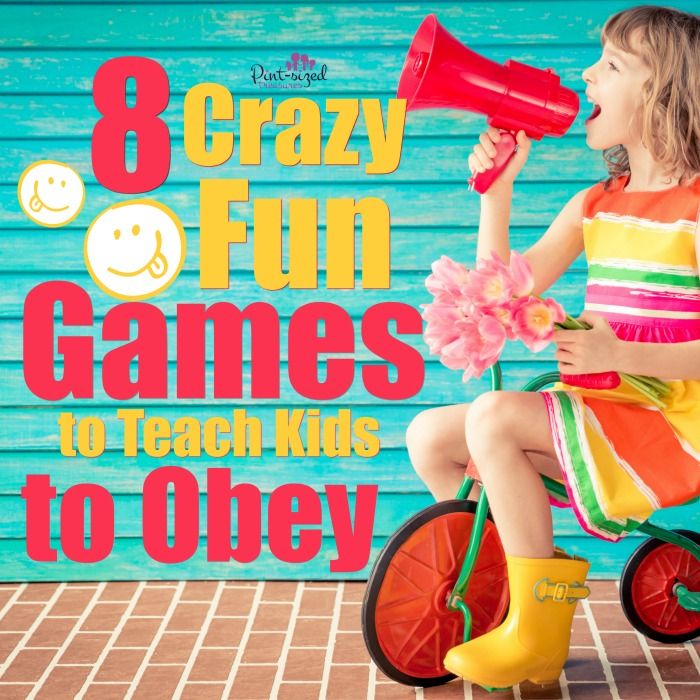 “Heads up, seven up!” is said and all the students are able to lift their heads up. The seven students that were chosen have an opportunity to guess which classmate chose their thumb. If guessed correctly, they get to take that student’s spot as one of the seven.
“Heads up, seven up!” is said and all the students are able to lift their heads up. The seven students that were chosen have an opportunity to guess which classmate chose their thumb. If guessed correctly, they get to take that student’s spot as one of the seven.
End of the Day Game 11 ~ Sleepy Sheep
One student is chosen to be the “shepherd” and they get to sit in the teacher’s chair. While there, they must watch over the “flock” of sheep (a.k.a. their classmates). Whoever they choose as the quietest sheep gets to become the next shepherd.
One kid is a shepherd and they get to sit in my chair. Whoever they pick as the quietest sheep gets to become the next shepherd. There are a few other versions of this game using various other animals like “Lazy Lions” or “Chilled Penguins”. See if perhaps you could come up with a fun version using your school’s mascot!
12 ~ Scrambled Eggs!
Send one student out into the hallway for a brief moment. Inside the classroom, “hide” one student (perhaps sitting in the cubby area, behind your desk or table).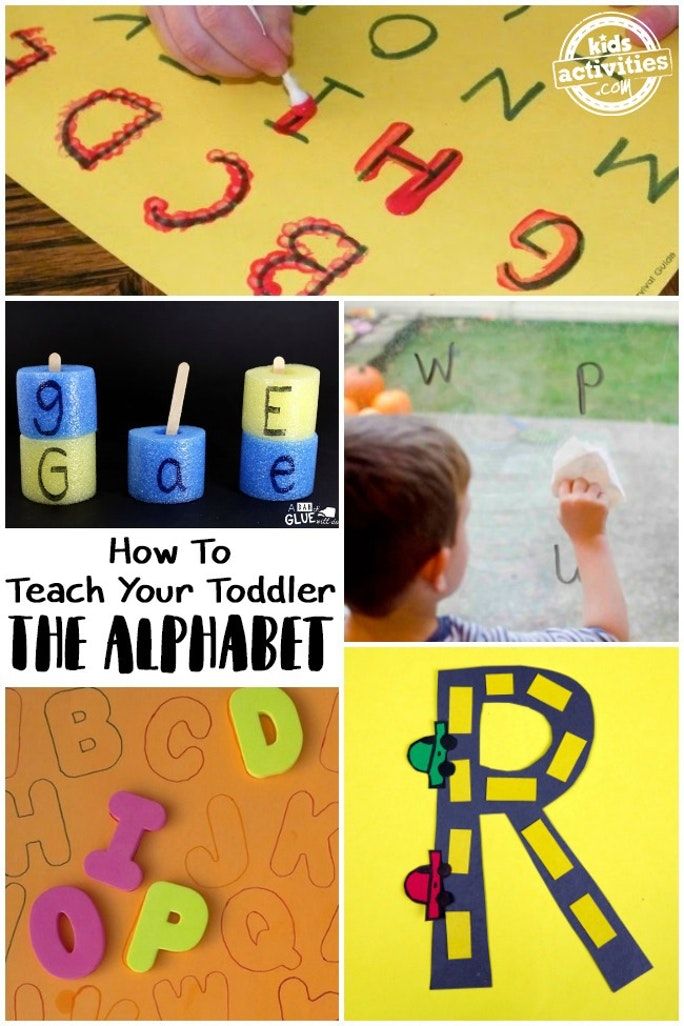 Say “scrambled eggs” and the remaining students all switch spots sitting at different desks. Bring the student from the hallway back into the classroom. They try to figure out which student is hiding.
Say “scrambled eggs” and the remaining students all switch spots sitting at different desks. Bring the student from the hallway back into the classroom. They try to figure out which student is hiding.
Feel free to set a time limit as well as the possibility of providing clues. This is sure to be a crowd favorite!
13 ~ 20 Questions
Here is another game on this list that is just so adaptable. You can choose an item in the room or think of an animal, character, or item from your lessons. Students are allowed to ask 20 yes/no questions to you regarding the item (or you can change the rules depending on how many students you have – so every student gets to ask a question).
One educator had a great idea that the students cannot guess what it is until all students had an opportunity to ask a different yes/no question. It involves the class thinking creatively and how to form appropriate yes/no questions.
Game 14 ~ Scattegories
All students will need for this game is a whiteboard or piece of paper. Write a letter on the board and provide the students with a category. Set the timer and the students must write down as many words that begin with the identified letter within the category provided!
Write a letter on the board and provide the students with a category. Set the timer and the students must write down as many words that begin with the identified letter within the category provided!
15 ~ The Floor is Lava
Have you ever heard of the “floor is lava” before? The concept is a simple one. Whenever the phrase “the floor is lava” is said, students have a 5-second countdown to get off of the floor. Expectations are usually needed for this one of the dos and don’ts. I allow my students to either remain seated on their chairs or even sit on their desks safely with their feet off of the floor. However, they are not allowed to stand on their chairs or desks.
Game 16 ~ Swat
My students LOVE when I bring out the giant fly swatters! I also love this game because not only is it engaging for my students, but I can use whatever skill that is needed for practice! From math facts to nonsense words, the possibilities are endless! In two teams, one student at a time from each team stands in front of the board with the fly swatter.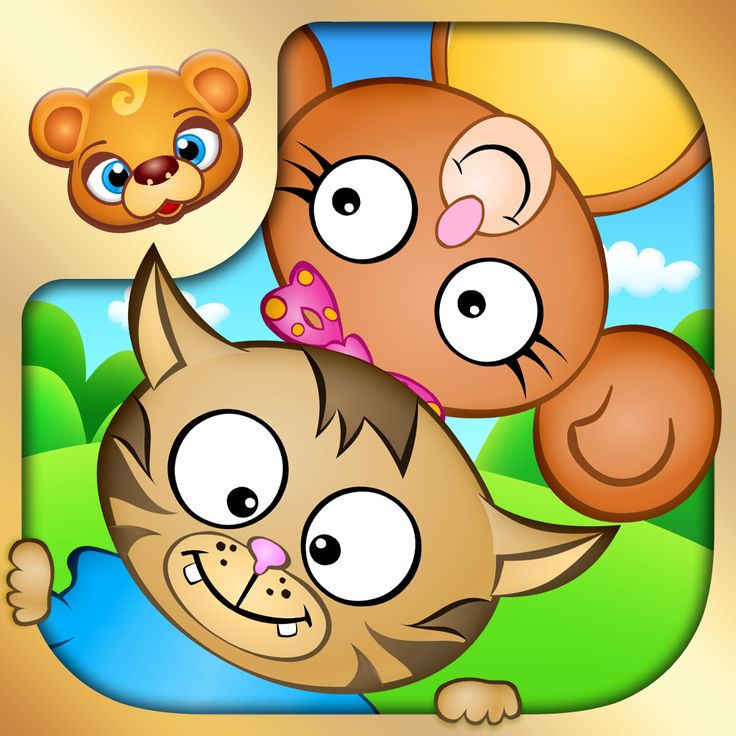 The teacher calls out a word or math fact and the first student to “swat” the answer on the board gets a point for their team.
The teacher calls out a word or math fact and the first student to “swat” the answer on the board gets a point for their team.
17 ~ Simon Says
Simon Says is another classic that I just couldn’t forget to include on this list! Students must follow the directives of “Simon”. However, listen closely because if the directive doesn’t begin with “Simon Says”, then the student shouldn’t do it because “Simon didn’t say”.
18 ~ Sparkle
My students are OBSESSED with this game! Honestly… I’m not upset about it either! I LOVE to use my unit’s spelling words for this game, but you can also use vocabulary words, sight words, past spelling lists as well.
All students are standing in a line or behind their seats. You provide a word to spell. Straight down the line, each student provides a letter to spell the word in order. If they misspell or don’t know the next letter, they must sit down. Once the word is spelled correctly the next student says “Sparkle” which will make the next student in line have to sit.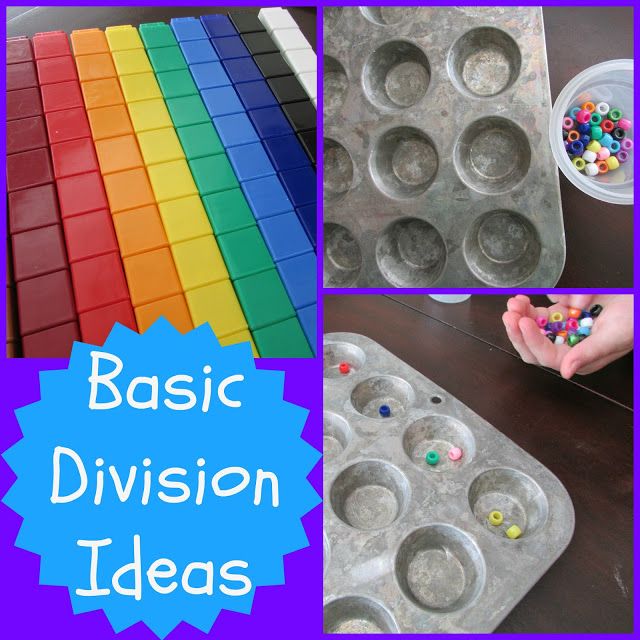 This is an M-U-S-T “sparkle” in the classroom!
This is an M-U-S-T “sparkle” in the classroom!
Game 19 ~ Hot Potato
In a circle, students pass a soft item or ball around while music is playing. Once the music is paused, whoever is holding the item is “out”. The game continues until one student is left.
20 ~ Night at the Museum
Students in the room must pose and freeze like statues. The judge or teacher walks around the room and chooses the best one. Whoever is the best statue is the judge for the next round. Creativity with their poses is a must for this challenge!
End of the Day Game 21 ~ Line Up, Line Up!
Ready for the end of the day with some time to spare? Do you have your students line up prior to leaving or walk them out to the bus area? Or just want to test your students’ non-verbal skills? Here is the game for you!
Have your students line up with a given task: Examples include, Tallest to shortest, Birthdays in order from January to December, Last year teacher, etc.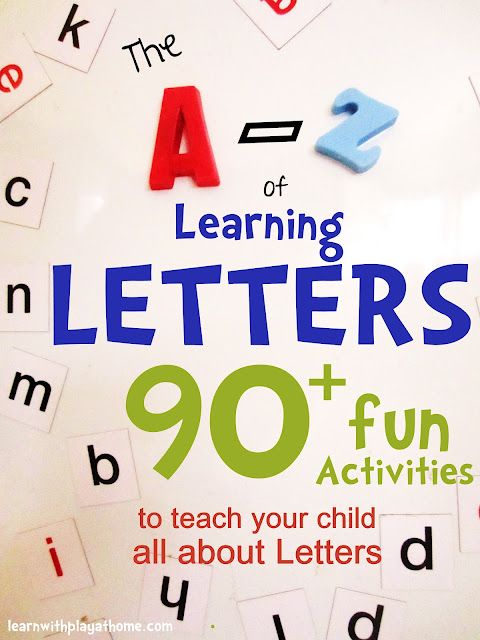 However…NO TALKING! Students are not able to talk or yell out how to line up. It is up to them to use their non-verbal skills like gestures, fingers as numbers, head nods/shakes, etc. Time for them to work together as a team to see if they can line up correctly and quickly.
However…NO TALKING! Students are not able to talk or yell out how to line up. It is up to them to use their non-verbal skills like gestures, fingers as numbers, head nods/shakes, etc. Time for them to work together as a team to see if they can line up correctly and quickly.
22 ~ Rock, Paper, Scissors
Here is the perfect ‘social distancing’ game for the end of the day. With a nearby peer, students play rock, paper, scissors. Keep tally mark score. Remember the rules: Rock beats scissors, paper covers rock, scissors cut paper.
23 ~ Guess Who?
“Can You Guess Who, do you have a clue?” Here is a slightly altered version of Number 13. Choose a student in the classroom. Students take turns asking yes/no questions using adjectives only. See if the students can guess who you are thinking about!
Game 24 ~ Buzz
In this math version of “Sparkle”, #18, students must count in order by 1s. However, whenever the student gets to a number of 10, they have to say “BUZZ” instead of the number.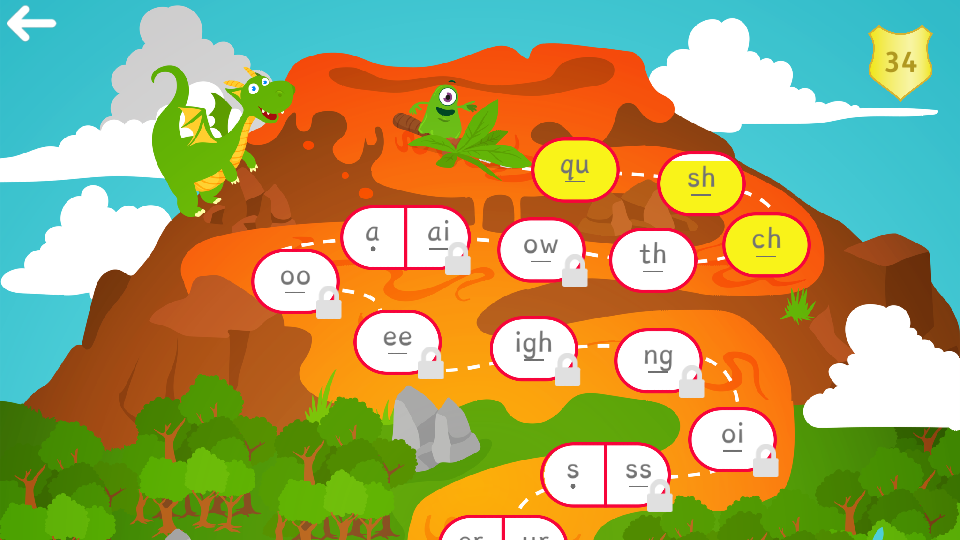 If they say the 10 (10, 20, 30, 40, 50….) they’re out. If they say “BUZZ”, then the next student in order is out. Play continues until the last person is still standing. How far can your class make it?!?
If they say the 10 (10, 20, 30, 40, 50….) they’re out. If they say “BUZZ”, then the next student in order is out. Play continues until the last person is still standing. How far can your class make it?!?
25 ~ Heads Up, Seven Up
Hey! Wait for a second… Wasn’t this already mentioned on this list? I just scrolled back up and saw it on number 10! Before you make a comment saying that there were only 39 games on this list hear me out.
This is an entirely different version that I JUST heard about. So I wanted to include it in this list again because it was a cool version that is so different from what I played as a child myself.
First, all the students will put their heads down on their desks and extend one of their thumbs. Then, the teacher secretly chooses one person as “It.” This child moves around the room quietly touching the thumbs of six other people. If a person is touched, they go to the front of the room. When six have been chosen, “It” yells, “Seven up!” Everyone raises their heads and tries to guess which of the seven people is “It.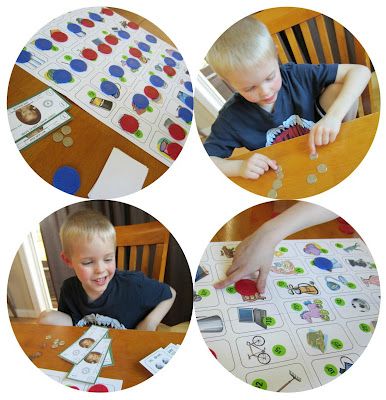 ”
”
What version are you familiar with? This one or number 10? Now I want you to comment with that answer! 🙂
Game 26 ~ Apple Pie
Here is another one on this list that my students just absolutely adore! Choose one person to be “it”. They stand in front of the room facing the board/wall with their back towards the rest of the class. Choose another student that is sitting in their seats to say the phrase: “Apple Pie”. However, they must disguise their voice. Perhaps a high-pitched voice is needed or a deep ‘monster voice’. The options that the students will come up with are just hilarious! The student standing will turn around and get three guesses of who the ‘mystery voice’ was.
27 ~ Skip Counting
Here is another fun math game on the list. Practice skip counting by 2s, 5s, 10s. Write down the largest number you get to until someone either makes a mistake or dismissal occurs. See if the students can “beat their high score” next time!
28 ~ Telephone
As a heads up, students must be close enough to whisper to each other. So you may want to hold on to this one until the pandemic is over.
So you may want to hold on to this one until the pandemic is over. Players must sit in a circle or line to begin. The first person in the line is told a word or phrase. They in turn whisper that word or phrase to the next person. The game continues until it reaches the last player in line. The conclusion of the game is when the last person says the word or phrase out loud so everyone can hear how much it has changed!
Game 29 ~ I Have, Who Has?
Education to the Core has the perfect resource that could even fit into this category of End of the Day Game! Our, I Have, Who Has resource covers a variety of ELA and Math topics. Each student will receive a card. The “I have the first card” goes first and play continues following the prompts on the card until the student with the “this is the last card” is identified.
30 ~ Would You Rather?
This game was a lifesaver during distance learning! So much fun that we have carried it over to use in the classroom.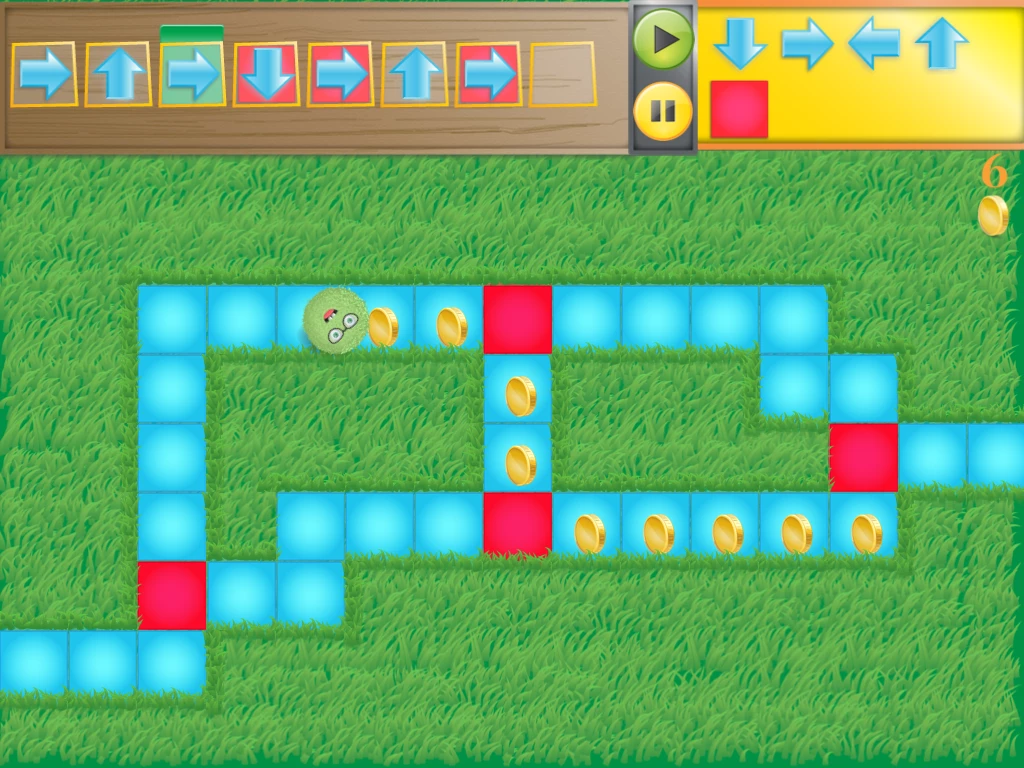 You can easily on the spot come up with questions such as “Would you rather eat pizza every day or McDonald’s?”. But we’ve also included a link to some cards that you can pre-make ahead of time.
You can easily on the spot come up with questions such as “Would you rather eat pizza every day or McDonald’s?”. But we’ve also included a link to some cards that you can pre-make ahead of time.
End of the Day Game 31 ~ Trivial Pursuit
In this version, you can use Brain Quest cards. I have the Brain Quest boxes for Kinder, 1st, 2nd, and 3rd! They are jam-packed with questions that are perfect time-fillers. You can differentiate so everyone can have a chance to be right!
32 ~ Mirror Me
Have students form two lines, directly across from one another. So that they are in pairs standing in front of each other. One line at a time must form a pose. When prompted the person in the opposing line must mirror that same pose. Then the roles are reversed allowing the other line to choose the pose and the other mirror.
33 ~ Directional Activities
See how well your students can follow directions! I know I pull this game out whenever I notice students are having a hard time following multi-step directions…which unfortunately is more often than I would like to admit.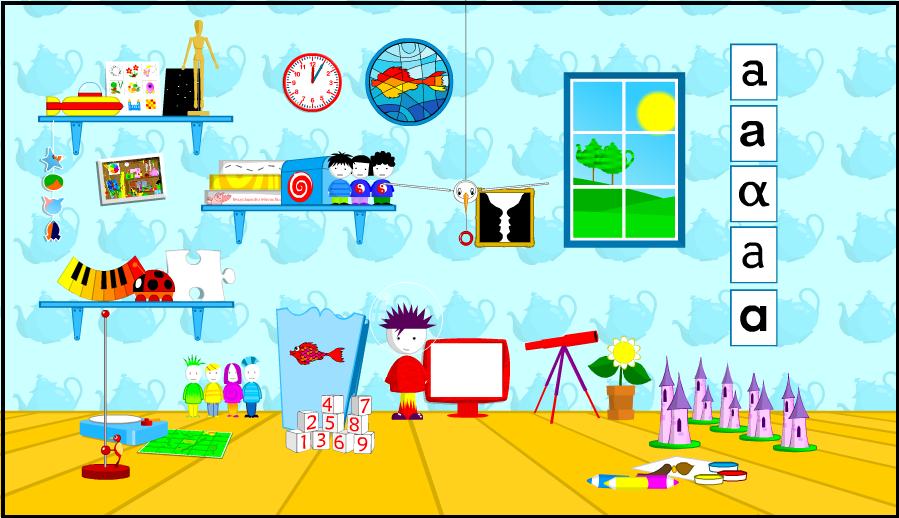 My students love to draw so I made a game out of it. I describe a scene and they must draw it. Seems simple right? It is, but you can make it as challenging as you like. Once the students get used to the game add in some colors. I like to start off with a simple direction first and add in multi-step directives as we progress through the picture.
My students love to draw so I made a game out of it. I describe a scene and they must draw it. Seems simple right? It is, but you can make it as challenging as you like. Once the students get used to the game add in some colors. I like to start off with a simple direction first and add in multi-step directives as we progress through the picture.
Looking for a starting point? Check out these Directed Drawings for some inspiration!
34 ~ Countdown
Select 2-3 random vowels and 4-5 random consonants. Your students will have 30 seconds to come up with as many words as possible, using only the letters on the board. Set a timer and whoever gets the most words (spelled correctly) wins this round.
35 ~Name That Tune
Time to pull up Youtube or your favorite clean music streaming app/site. Play a few moments of a song. See if students can guess what it is hearing the first few notes. You’ll be surprised at how many songs your students may know even from your childhood era!
Game 36 ~ Finish The Lyric
Going off of #35, I thought why can’t I take this and bring the “Finish that Lyric” television show into my classroom!?! See if your students can finish the lyrics to their favorite song. Start the tune and pause it allowing your students to finish the lyric.
Start the tune and pause it allowing your students to finish the lyric.
37 ~Charades
Allow students to come up with characters, animals, people, etc., and write them down. Collect the responses and see if a student can act out one of them for their classmates to guess.
38 ~ Race to the Finish
I promise this game has NOTHING to do with running! In two teams, one player from each team comes up to the board. Provide a word (spelling, vocabulary, or sight word) to them. The first one to write the word on the board, spelled correctly, gets a point for their team.
One important rule for my students is that it MUST be legible so don’t go too fast that you cannot read what it says.
Game 39 ~ Yoga / Movement Activities
Yoga Stretches ~ One of my favorite sections in our CORE Binder is Yoga. The kids love the superhero poses, and the animal poses the best! Challenge your students with this game…combine End of the Day Game #20 and #32 into one fun mindful game!
40 ~ Minute to Win It!
Based on the game show, Minute to Win It, there are numerous “mini” games challenges to complete.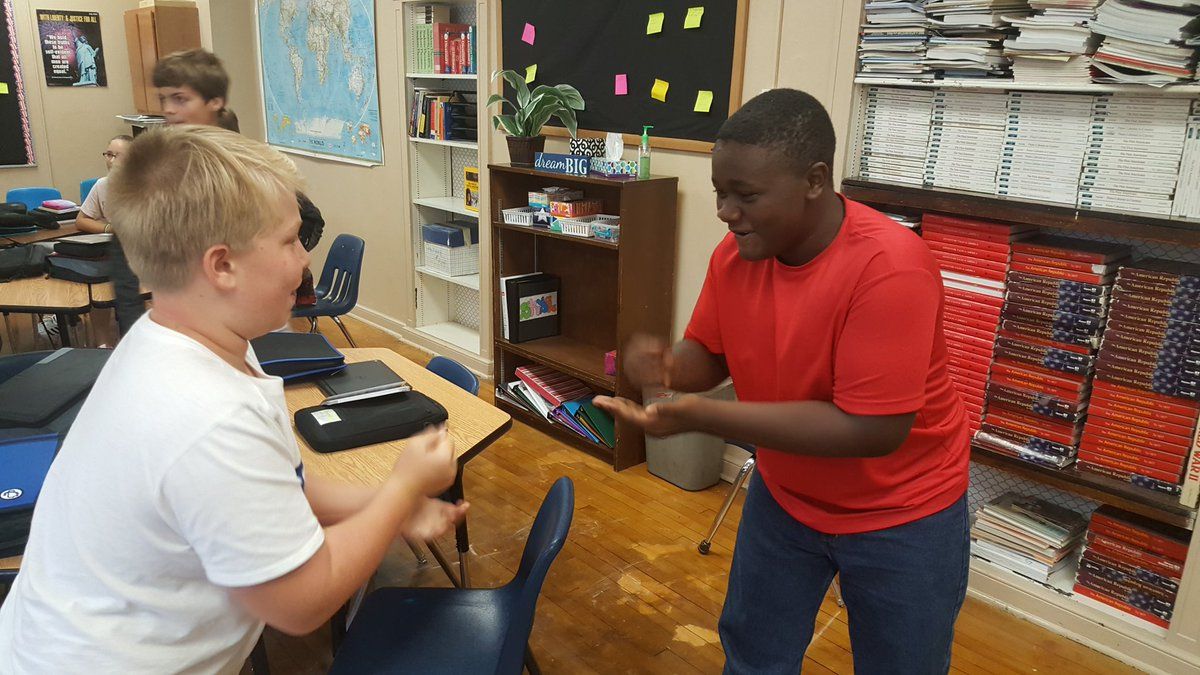 You can have students work individually, in small groups, or the whole class to compete in any of these ‘minute to win it’ games.
You can have students work individually, in small groups, or the whole class to compete in any of these ‘minute to win it’ games.
Some challenges include:
- Speed stacking paper cups
- Rolling a coin between the tongs of a fork
- Building a tower out of spaghetti and string
- Getting an Oreo from your forehead to your mouth without using your hands
- Balancing a ball on a ruler
Did your favorite game make the list? Or do you have a great End of the Day Game to add to the list? Make sure to reach out to us in the comments to tell us your favorite End of the Day Game!
Special Thanks to our Teaching Trailblazers who offered up some of these fun and engaging games! Thank you so much Kristen W., Adrienne L., Lori G., Kay T., Kerrie K., Amelia T., Brenda P., Brittany G., Sarah H., Kelli G., Linda J., Lindsae T., Maureen D., Angela M., Elizabeth C., Sheryl F., Suzy K., Choleia S., Maxine J., Amber W., Robert B., Michelle C., Kathy Y.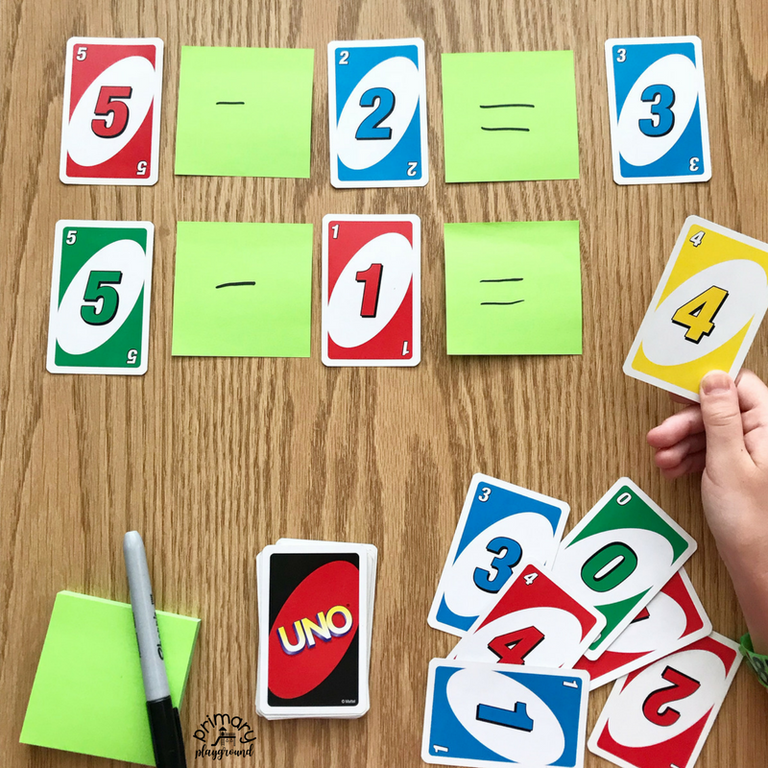 , and Gayle M.!
, and Gayle M.!
Written by – Christopher Olson
At Education to the Core, we exist to help our teachers build a stronger classroom as they connect with our community to find trusted, state-of-the-art resources designed by teachers for teachers. We aspire to be the world’s leading & most trusted community for educational resources for teachers. We improve the lives of every teacher and learner with the most comprehensive, reliable, and inclusive educational resources.
If you enjoyed what we have to offer at ETTC, be sure to join our email list, so you won’t miss a beat. We are here to help with all your resource needs. Become a Premium Member of Education to the Core and receive immediate access to thousands of printable activities. For one small monthly or annual fee, everything ETTC can be at your fingertips all of the time.
Comments
comments
17 Fun Games to Play in Class (All Grades!)
Students, regardless of age, all have one in common: they have short attention spans and can’t sit around learning for long.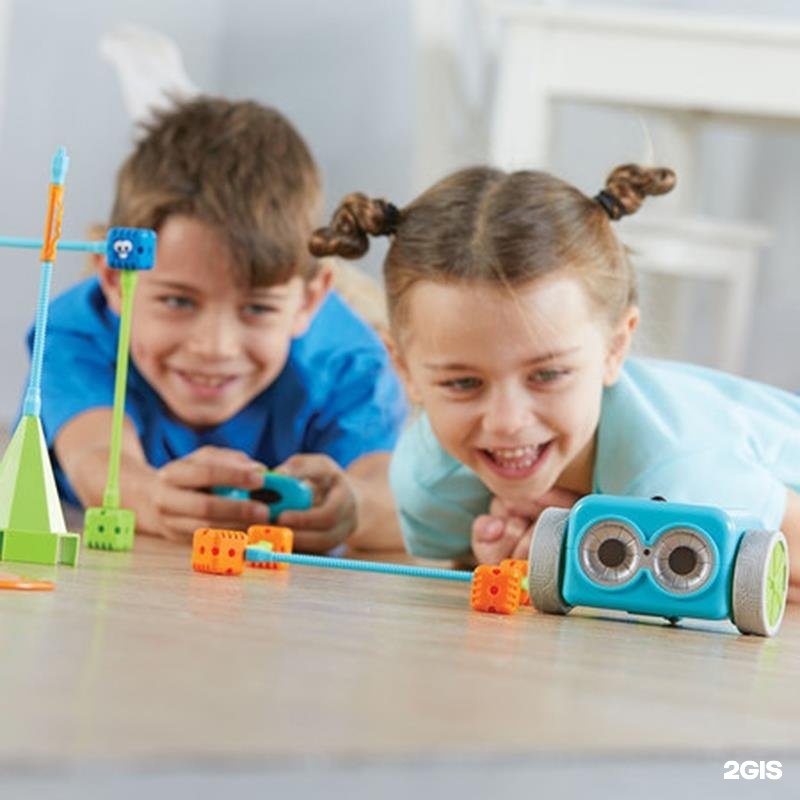 Just 30 minutes into the lecture you may find them fidgeting, looking blankly at the ceiling, or asking trivial questions.
Just 30 minutes into the lecture you may find them fidgeting, looking blankly at the ceiling, or asking trivial questions.
To keep students’ interests high and to avoid textbooks like your kids avoid vegetables, check these top 17 fun games to play in class. They are versatile, work great for both online and offline learning, and don’t require much effort to set up.
Let’s jump in!
- 5 Benefits of a Fun Classroom
- Online games
- ESL games
- Vocabulary games
- Board games
- Math games
Whether it’s online or offline, there is value in having a round of fun classroom games. Here are the five benefits of why you should incorporate games more than often in your lesson:
- Attentiveness: a handful of fun greatly increase students’ focus, according to a study by researchers at the University of Wisconsin.
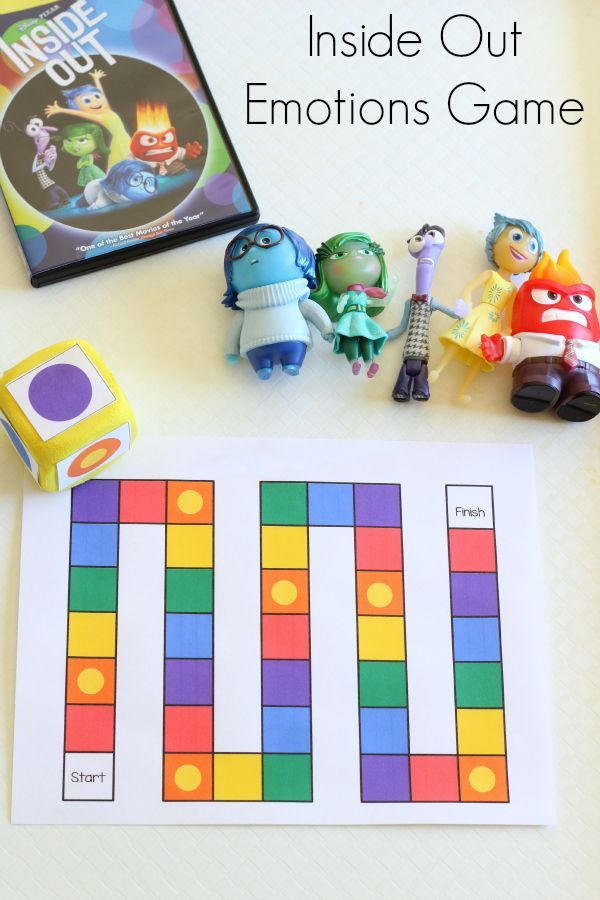 It’s no hard science to see that your students are indulged in playing games in class, since classroom games are often upbeat and require a great amount of attention in order to win.
It’s no hard science to see that your students are indulged in playing games in class, since classroom games are often upbeat and require a great amount of attention in order to win. - Motivation: more than a dozen times, students often look forward to a lesson or a class if they include a fun game. And if they feel motivated, they can even overcome the hardest learning obstacles👏
- Collaboration: by participating in classroom games as pairs or in teams, your students will eventually learn to cooperate with others and work in harmony as there are no rights or wrongs, only achievable goals at the end of the route.
- Affection: playing games is a great way to form special bonds with your students. They will think you are the “cool teacher” that knows how to build a welcoming environment and have fun apart from teaching dry topics.
- Learning reinforcement: the prime purpose of classroom games is for the students to learn using non-traditional education methods.
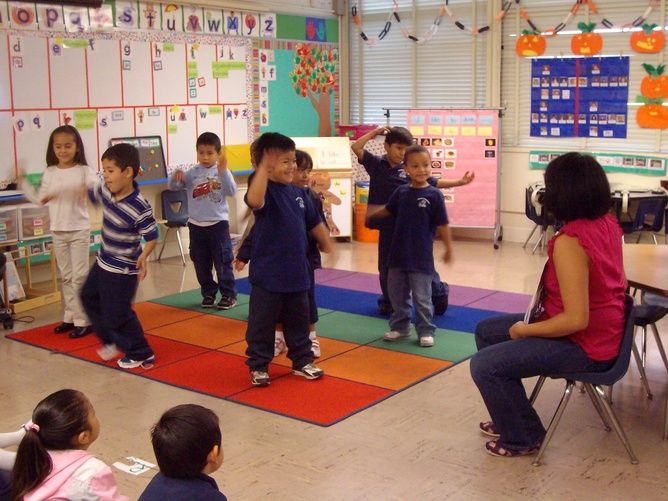 By putting hard knowledge into something enjoyable, your students will sprout positive memories of the learning process, which are much easier to recall during exams.
By putting hard knowledge into something enjoyable, your students will sprout positive memories of the learning process, which are much easier to recall during exams.
Battling through the silent void during virtual lessons is not a walk in the park. Luckily, it’s super exciting online classroom games to the rescue! Revive the class atmosphere and leave the brightest smiles on your students’ faces with this engagement first aid kit.
Here’s the full list 👉 15 online classroom games for every age.
#1 –
Live QuizQuizzes make lessons easy-peasy. They help students retain the lesson learned and fire up their competitive spirit, which the traditional pen and paper method cannot accomplish.
There are tons of interactive online quizzes for you to try: Kahoot, Quizizz, AhaSlides, Quizlet, etc.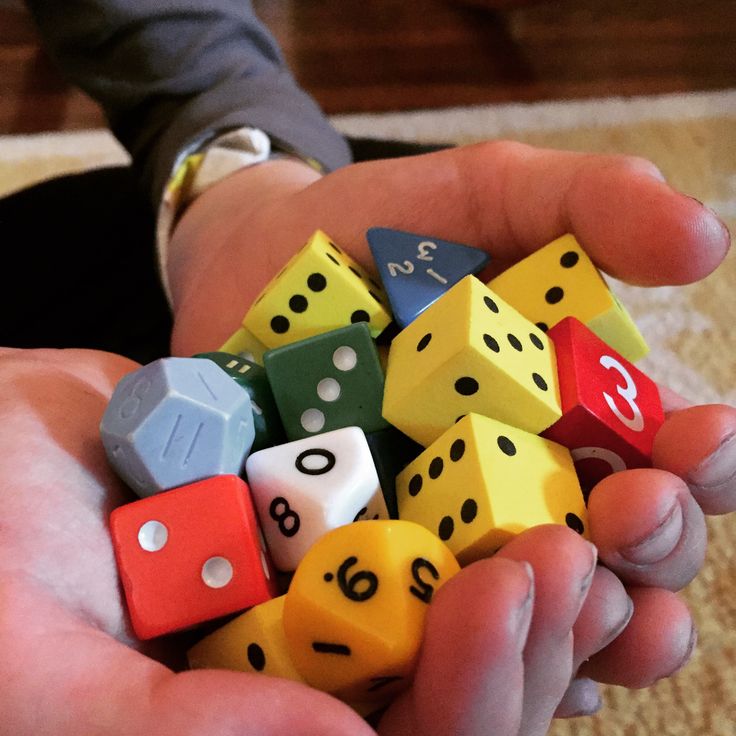 Choose one that best fits your plan and budget, then start giving your class an exquisite time.
Choose one that best fits your plan and budget, then start giving your class an exquisite time.
Get free quiz templates!
#2 – CharadesWhether online or offline, Charades is a fun physical game to satisfy your students’ urges to move around when stuck behind a computer screen.
You can let the students work in teams or pairs. The students will be given a word or phrase to demonstrate through actions, and their teammates will need to guess the correct word/phrase based on that description.
#3 –
Time to ClimbStudents absolutely love this game, especially the younger ones. We’ve had a couple of teachers sharing that their pupils beg them to play Time to Climb during class, and if you take a look through the game’s guide, you will see it’s the complete package and total education candy for youngsters 🍭
The game will transform your standard multiple choice quiz into an interactive game, where the students can choose their characters and advance to the top of the mountain with the fastest correct answer.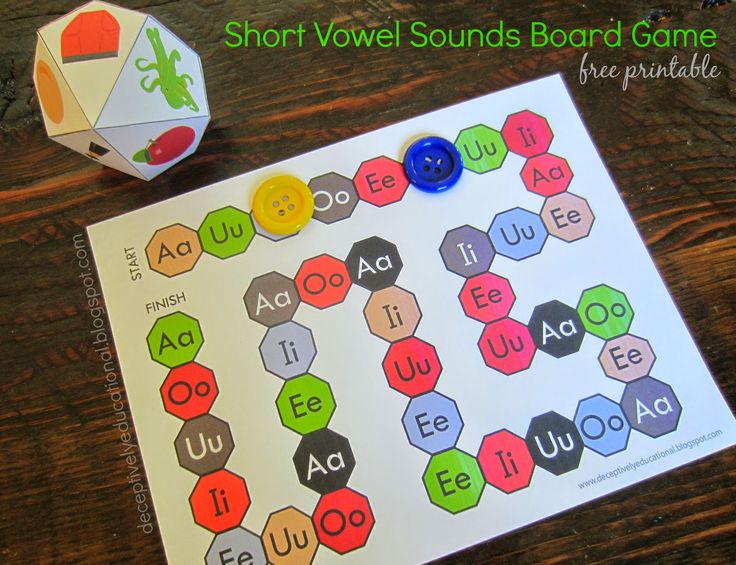
Learning a second language requires double energy to convert words and meanings, which might be why your class just sit there frozen in time. Worry not because with these ESL classroom ice-breakers, “timid” or “shy” will not be in your students’ dictionary 😉.
Here’s the full list 👉12 Exciting ESL classroom games.
#4 – Tell me FiveThis is a simple vocabulary review game in which you can devise your own rules. In class, divide your students into groups and give each group a category (e.g. pizza toppings). They will have to come up with five things belonging to that category in 20 seconds (e.g. pizza toppings: cheese, mushroom, ham, bacon, corn) on the board.
For a virtual class, let the students write five things from the category on a whiteboard tool. The fastest among them is the winner!
#5 –
Show and TellIt’s great that your students can incorporate refined words in their writing, but can they do the same when speaking?
In Show and Tell, you give students a topic to work on, such as their favourite snack.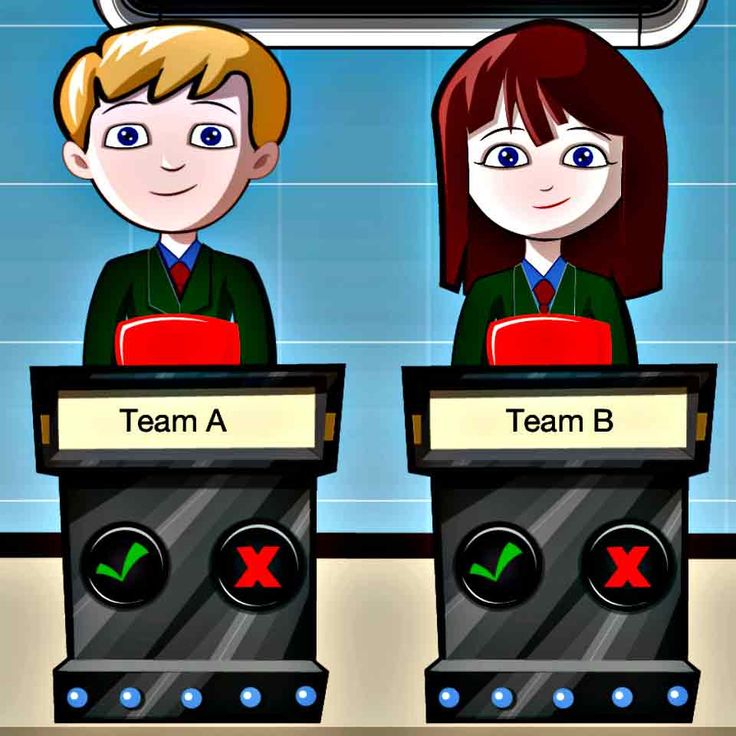 Each person will have to bring an item that matches the topic and tell a story or a memory involving that object.
Each person will have to bring an item that matches the topic and tell a story or a memory involving that object.
To add more spice to the game, you can let the students vote and compete for different prizes, such as the best story-teller, best story plot, most hilarious story, etc.
Image credit: HiHo Kids#6 – Word ChainTest your students’ word bank with this simplistic, zero preparation game.
First, come up with a word, such as ‘bee’, then throw a ball to a student; they will think of another word that starts with the last letter, “e”, such as “emerald”. They’ll continue the word chain around the class until someone cannot shout the next word fast enough, then they’ll restart without that player.
For a more advanced level, you could prepare a theme and ask students to say words that belong to that category only. For example, if your theme is “animal” and the first word is “dog”, the players should follow up with animal words like “goat” or “goose”.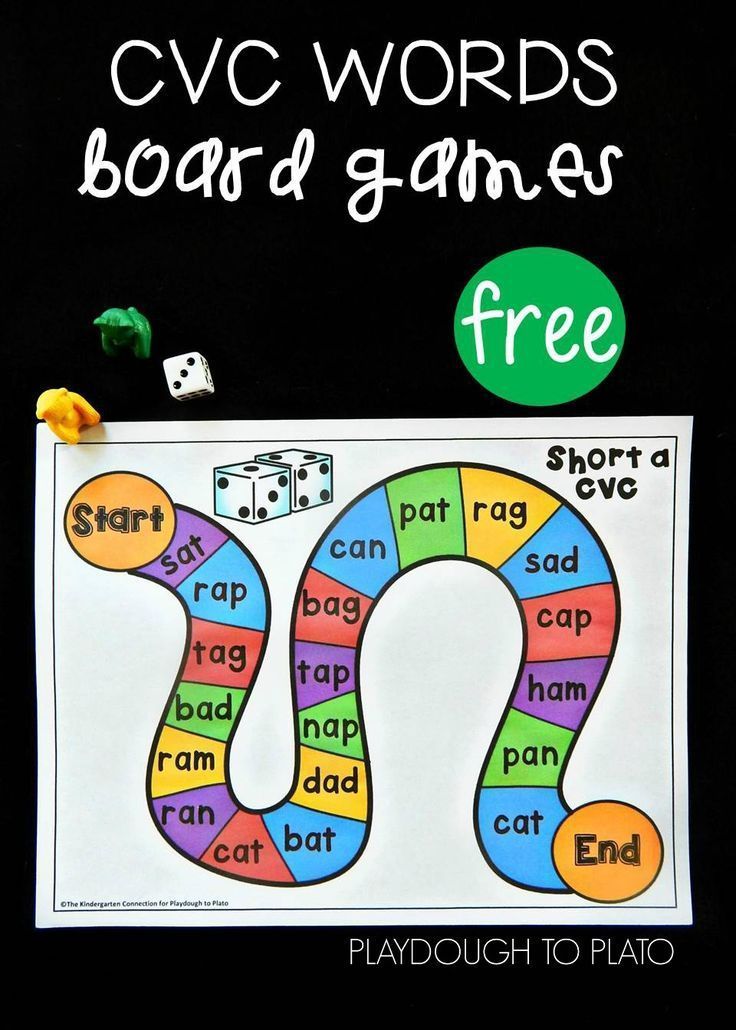 Keep the category broad, otherwise this quick classroom game gets really hard!
Keep the category broad, otherwise this quick classroom game gets really hard!
#7 –
Word Jumble RaceWord Jumble Race is perfect for practicing tenses, word order, and grammar.
It’s pretty simple. Prepare by cutting up sentences into a handful of words, then split your class into small groups and give them a batch of words each. When you say “GO!”, each group will race to put the words in the correct order.
You can print out the sentences to use in class or shuffle the words effortlessly using an online quiz tool.
Here’s how it works online
- Sign up to AhaSlides for free, create a presentation and choose the “Correct Order” slide.
- Add the words of a sentence. Each one will be shuffled randomly for your players.
- Set the time limit.
- Present to your students.
- They all join on their phones and race to sort the words the fastest!
These vocabulary classroom games are similar to the ESL classroom games, but focus more on individual words than sentence structures.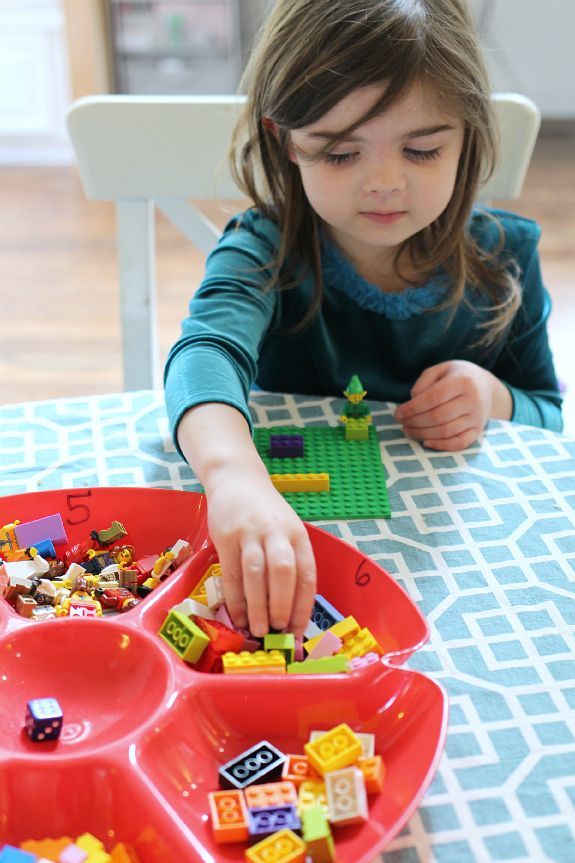 These are some non-intimdating classroom games that can boost your students’ self-esteem and energy levels.
These are some non-intimdating classroom games that can boost your students’ self-esteem and energy levels.
Here’s the full list 👉 10 fun vocabulary games for the classroom
#8 – PictionaryTime to let their students practice their doodling skills.
Playing Pictionary in class is super simple. You assign one to read the word you’ve prepared and they will have to sketch it quick in 20 seconds. When time’s left, others will have to guess what it is based on the doodle.
You can let them play in teams or individually, and increase the challenge according to the level of the students. To play Pictionary online, make sure to either utilise the Zoom whiteboard or one of the many great Pictionary-type free apps out there.
#9 –
Word ScrambleNothing is more enjoyable than unscrambling the words and figuring out what they might be. You can make some Word Scramble worksheets ready with different themes such as animals, festivals, stationary, etc. and roll them out during class. The first student who successfully decodes all the words will be the winner.
and roll them out during class. The first student who successfully decodes all the words will be the winner.
#10 –
Guess the Secret WordHow can you help the students to memorise new words? Try the word association game, Guess the Secret Word.
First, think of a word, then tell the students some words associated with that. They will have to use their existing vocabulary to try guessing the word you’re thinking of.
For example, if the secret word is “peach”, you could say “pink”. Then they might guess something like “flamingo” and you will tell them it’s not related. But when they say words like “guava”, you can tell them that it is associated with the secret word.
#11 – Stop the BusThis is another great vocabulary revision game for class.
Start by preparing some categories or topics that conmtain the target vocabulary your students have been learning, such as verbs, clothing, transportation, colours, etc.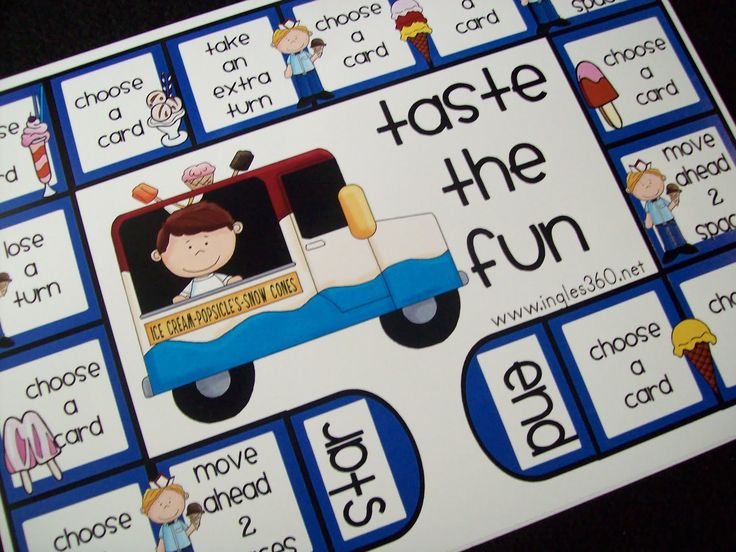 Then, choose a letter from the alphabet.
Then, choose a letter from the alphabet.
Your class, which should be divided into teams, will have to write each word as quickly as possible from each category that begins with that specific letter. When they complete all lines, they will have to shout “Stop the bus!”.
For example, there are three categories: clothing, countries, and cakes. The letter you choose is “C”. The students will need to come up with something like this:
- Corset (clothing)
- Canada (countries)
- Cupcake (cakes)
Boardgames make great classroom staples. They increase students’ collaboration and vocabulary skills by means of fruitful competition. Here are some quick classroom board games that can be played virtually or in a physical class, and by all ages.
#12 –
HedbanzTaken from the family-classic board game, Hedbanz is an atmosphere raiser and is super easy to play.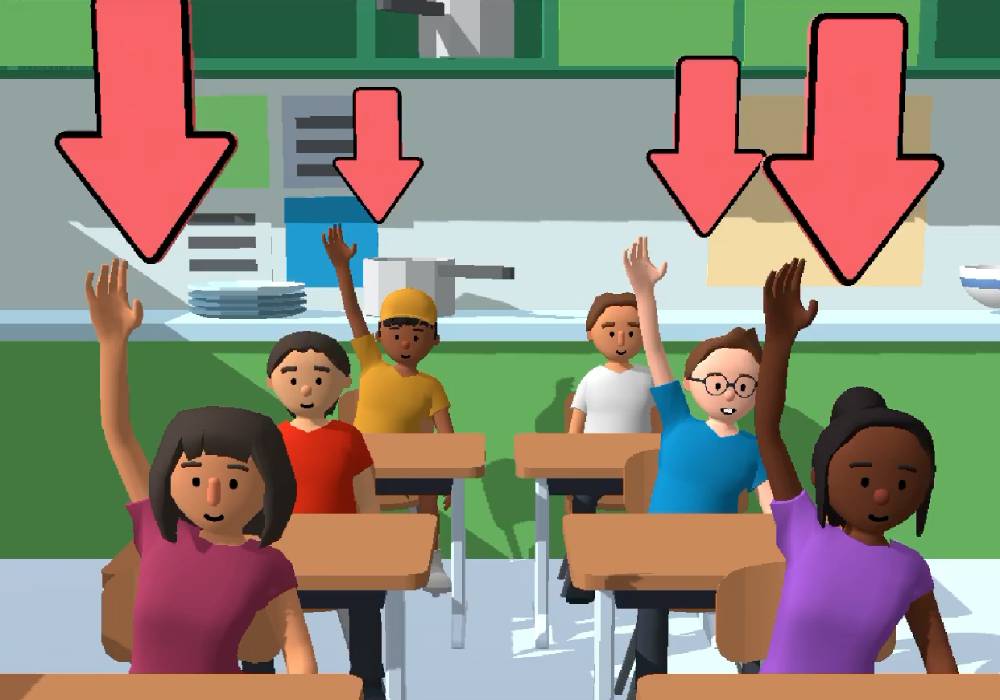
Print out some cards that belong to the animal, food, or object category, then stick them onto your students’ foreheads. They will have to ask “Yes” or “No” questions to figure out what the cards are before the time run out. Playing in pairs is optimal for Hedbanz.
Image credit: UltraBoardGames#13 –
BoggleOn a jumbled grid of 16 letters, the goal of Boggle is to find as many words as possible. Up, down, left, right, diagonal, how many words your students can come up with on the grid?
There are many free Boggle templates online for distance learning and physical classroom. Stack up some and give them out to your students as a pleasant surprise at the end of the class.
#14 –
Apples to ApplesExcellent for students’ vocabulary development, Apples to Apples is a hilarious board game to add to your classroom collection. There are two types of cards: Things (which generally feature a noun) and Descriptions (which contain an adjective).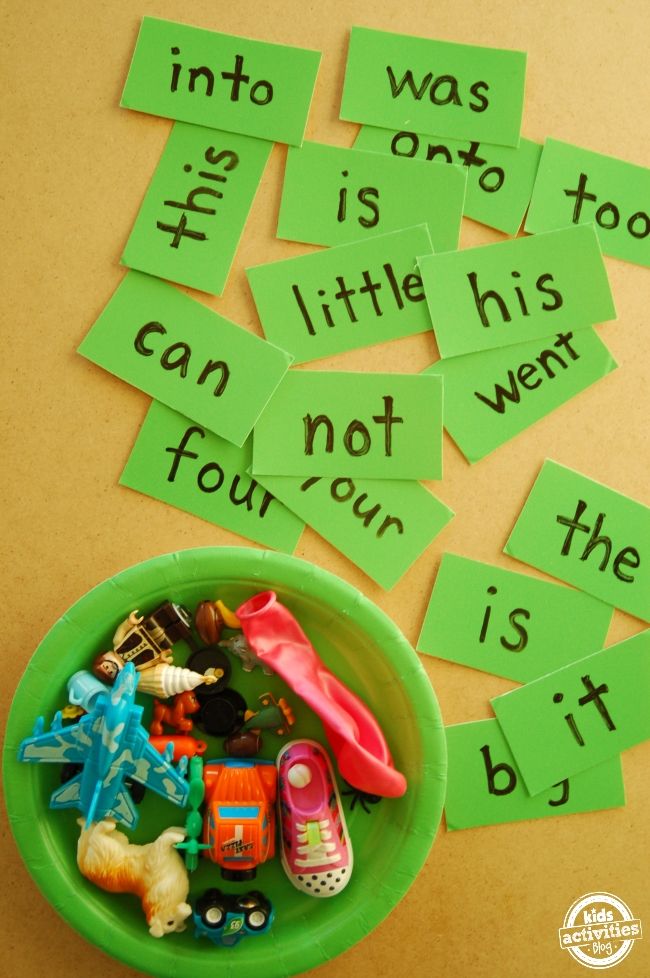
As a teacher, you can be the judge and pick the Description card. The students will try to pick, from the seven cards in their hands, the Thing they feel that best matches that description. If you like that comparison, they can keep the Description card. The winner is the one who collects the most Description cards in the game.
Classroom Maths Games
Has learning maths ever been fun? We dare to say YES, because with these short but mighty maths games, your students will so be adding math to their all-time favourite subject list. It’s also scientifically proven that lessons built around game-based activities generate more maths enthusiasts. Check it out!
Here’s the full list 👉10 best maths video games for bored K12 students?
#15 –
Would you Rather – Maths EditionWould you rather buy packages of 12 cookies for $3 each or packages of 10 cookies for $2.60 each?
Not sure what answer your students will choose, but we do love cookies 🥰️ In the standard edition of Would you Rather, students are given a scenario with two choices.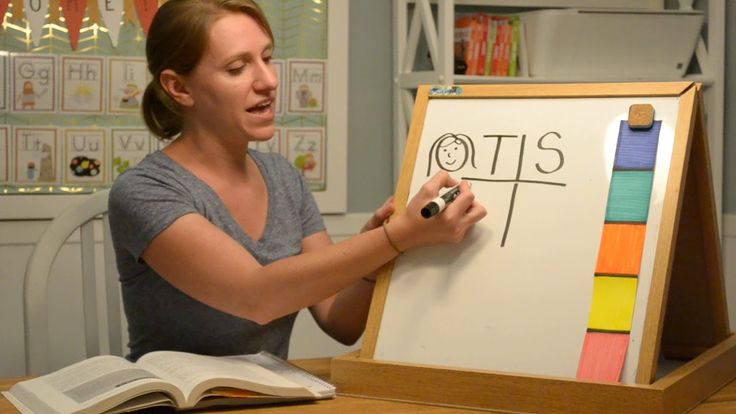 They will have to choose which option they’ll go for and justify it using logical reasoning.
They will have to choose which option they’ll go for and justify it using logical reasoning.
In the maths edition, all students play at the same time and race to choose the best deal out of the two options.
The game can be played both online and offline to as a quick ice breaker or lesson ender. Let’s play Would you Rather with AhaSlides!
#16 –
101 and outEver worry that your maths lessons end on a bit of a dull note? How about initiating a few rounds of 101 and out, a fun activity for class in which the goal is to score as close to the number 101 as possible without going over. Divide your class into groups, and have a spinner wheel representing a dice (yes we figure not every class has a couple of dice ready).
Each group will take turns spinning the wheel, and they can either count the number at face value or multiply it by 10. For example, if they roll a five, they can choose to keep that number or turn it into 50 to quickly get to 101.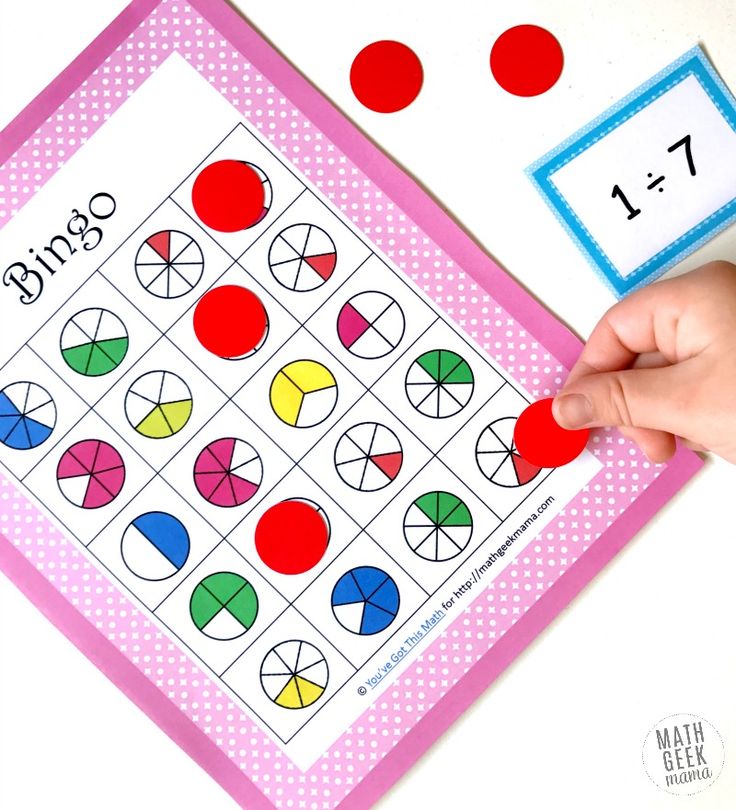
For older students, try giving an awkward multiply number, such as 7, to make decisions more difficult.
💡 Want more spinner wheel games like this? We’ve got a free interactive template for you! Just find ‘class spinner wheel games’ in the template library.
#17 –
Guess my numberFrom 1 to 100, which number is on my mind? In Guess my number, students will have to guess what the number you are thinking of. It is a good math game to practise everyone’s logical thinking. They can ask questions such as “Is it an odd number?”, “Is it in the nineties?”, “Is it a multiple of 5?”, and you can only answer “Yes” or “No” without giving any other clues.
Learn how to have Fun Picture Round Quiz Ideas with AhaSlides!
17 fun games to play in the classroom (all classes!)
All students, regardless of age, have one thing in common: they have short attention spans and cannot sit and study for long periods of time.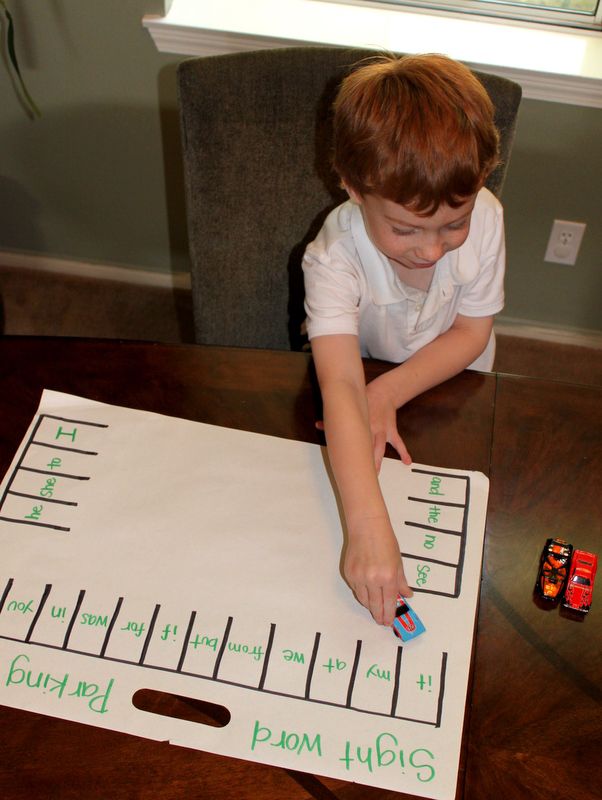 Just 30 minutes before lecture you may find them fidgeting, staring blankly at the ceiling, or asking trivial questions.
Just 30 minutes before lecture you may find them fidgeting, staring blankly at the ceiling, or asking trivial questions.
To keep students interested and avoid textbooks how your kids avoid vegetables, check out these Top 17 Fun Games to Play in Class . They are versatile, works great for both online and offline learning , and does not require much effort to set up.
Let's jump!
- 5 benefits of a fun class
- online games
- ESL games
- Word games
- Board games
- Math games
5 benefits of a fun classroom
Whether online or offline, it makes sense to have a series of fun games in the classroom. Here are five reasons why you should include games in your lesson more often:
- Attention: According to a study conducted by researchers from the University of Wisconsin, a small amount of entertainment significantly increases the concentration of students.
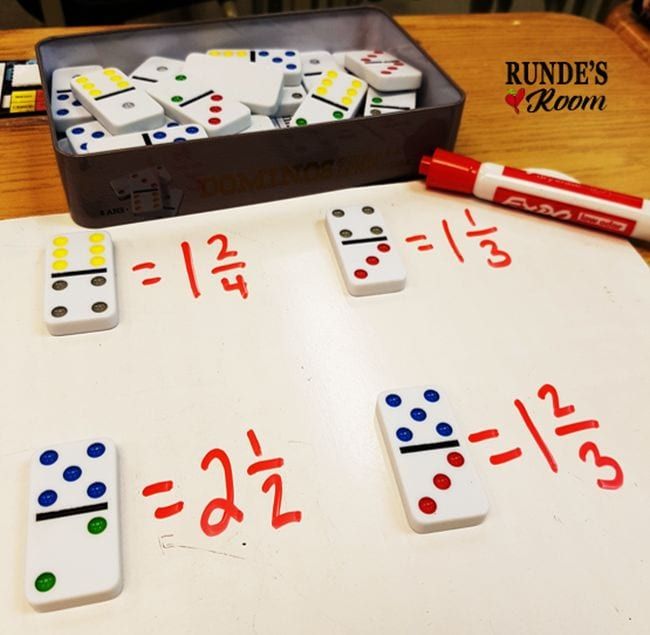 It's easy to see that your students are addicted to classroom games, as classroom games are often upbeat and require a lot of attention to win.
It's easy to see that your students are addicted to classroom games, as classroom games are often upbeat and require a lot of attention to win. - Motivation: more than a dozen times, students often look forward to a lesson or activity if it includes a fun game. And if they feel motivated, they can overcome even the toughest learning obstacles👏
- Collaboration: By participating in cool games in pairs or teams, your students will eventually learn to cooperate with others and work in harmony, as there are no right or wrong actions, only achievable goals at the end of the route.
- Attachment: Playing games is a great way to form a special bond with your students. They will think that you are a "cool teacher" who knows how to create a friendly atmosphere and have fun besides teaching dry topics.
- Reinforcement learning: The main purpose of classroom games is for students to learn using non-traditional teaching methods.
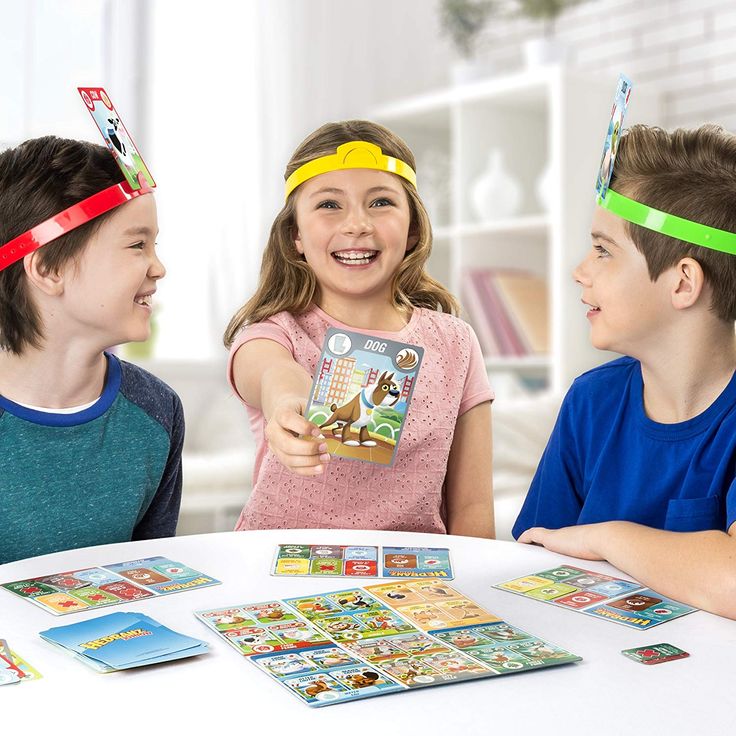 By turning solid knowledge into something enjoyable, your students will have positive learning experiences that are much easier to remember during exams.
By turning solid knowledge into something enjoyable, your students will have positive learning experiences that are much easier to remember during exams.
17 Fun Classroom Games for Students
Cool Online Games
Struggling in the silent void during virtual lessons is not a walk in the park. Luckily, it's very interesting0003 online cool games to rescue! Liven up the classroom atmosphere and give your students the brightest smiles with this first aid kit.
Here is the complete list of 👉 15 cool online games for all ages.
#1 –
Live QuizTests make learning easier. They help students learn the lesson and spark a competitive spirit that the traditional pen and paper method cannot achieve.
There are many interactive online quizzes you can try: Kahoot, Quizizz, AhaSlides, Quizlet, etc. Choose the one that best suits your plan and budget, then start having a classy class time.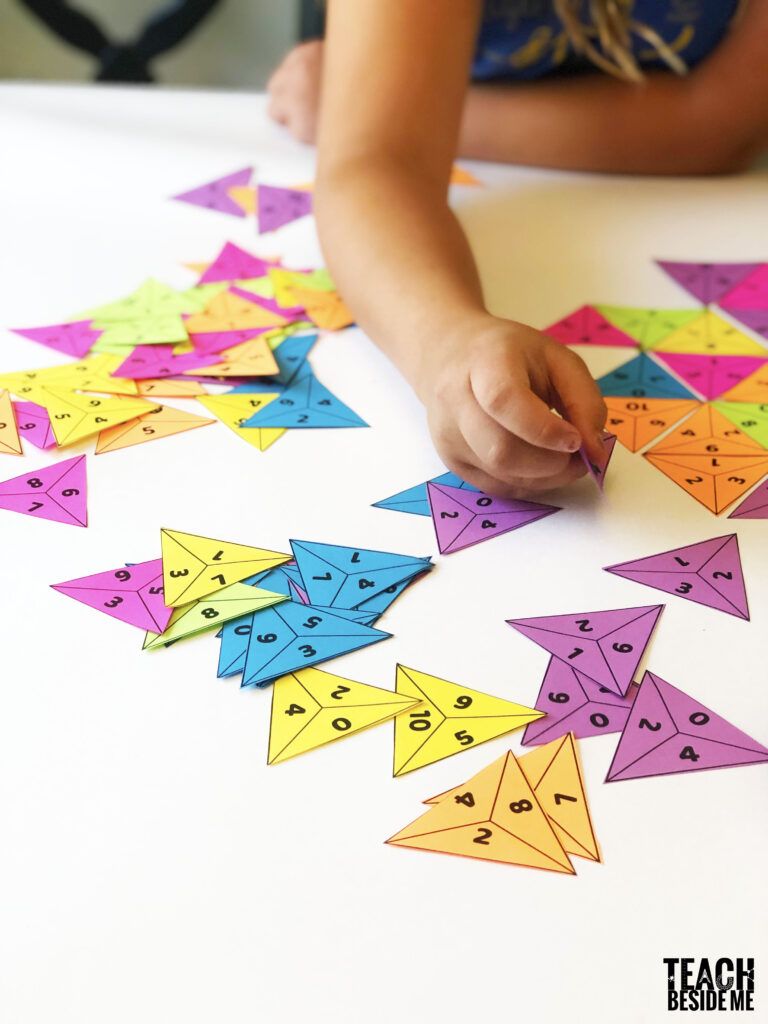
Get free quiz templates!
#2 - Charades s
Whether online or offline, Charades is a fun physics game that will satisfy your students' desire to move around when they're stuck behind a computer screen.
You can let students work in teams or pairs. Students will be given a word or phrase to demonstrate through actions, and their teammates will have to guess the correct word/phrase based on that description.
#3 –
Climbing timeStudents love this game very much, especially the younger ones. Several teachers said that their students beg them to play Climbing Time during the lesson and if you look at the game manual you can see that it is a complete set and educational candy for kids 🍭
The game turns your standard multiple choice quiz into an interactive game where students can choose their characters and climb to the top of the mountain with the fastest correct answer.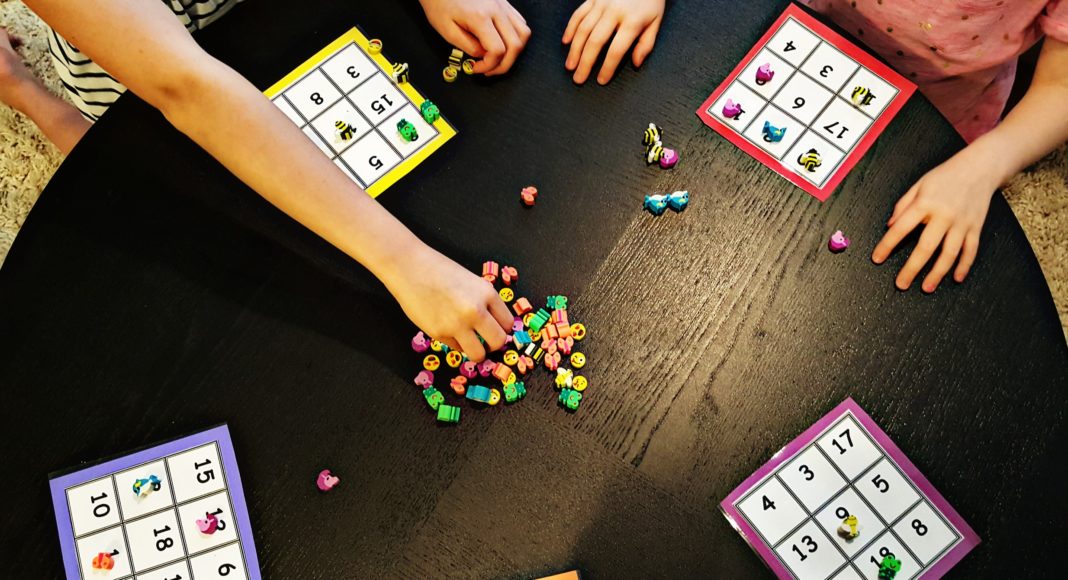
Cool ESL games
Learning a second language requires double the energy to transform words and meanings, so your class is frozen in time. Don't worry, because with these icebreakers in the ESL class, the words "timid" or "shy" won't be in your students' vocabulary 😉.
Here is the full list 👉 12 fun and cool ESL games.
#4 - Say five to me
This is a simple vocabulary game where you can develop your own rules. In class, divide the students into groups and give each group a category (for example, pizza toppings). They have 20 seconds to find five things on the board that belong to this category (for example, pizza toppings: cheese, mushrooms, ham, bacon, corn).
For the virtual class, have students write five things from the category on the board. The fastest among them is the winner!
#5 –
Show and SayIt's great that your students can use fancy words in their writing, but can they do the same when they speak?
In Show and Say , you give students a topic to work with, such as their favorite snack. Each person will be required to bring an item that matches the theme and tell a story or memory related to that item.
Each person will be required to bring an item that matches the theme and tell a story or memory related to that item.
To spice up the game, you can let students vote and compete for various prizes such as best storyteller, best story, funniest story, etc.
Credit Image: Hello Ho Kids
#6 - Word Chain
Test your students' word bank with this easy no-training game.
First think of a word, for example "bee", then toss the ball to the student; they will think of another word that starts with the last letter "e", like "emerald". They will continue the word chain in class until someone can shout out the next word fast enough, then they will start over without that player.
For a more advanced level, you could prepare a topic and ask students to name words that only belong to that category. For example, if your theme is "animal" and the first word is "dog", players should use animal words like "goat" or "goose". Keep the category wide otherwise this fast cool game will become very difficult!
#7 –
Word Mess Race Word Mess Race is perfect for practicing tenses, word order and grammar.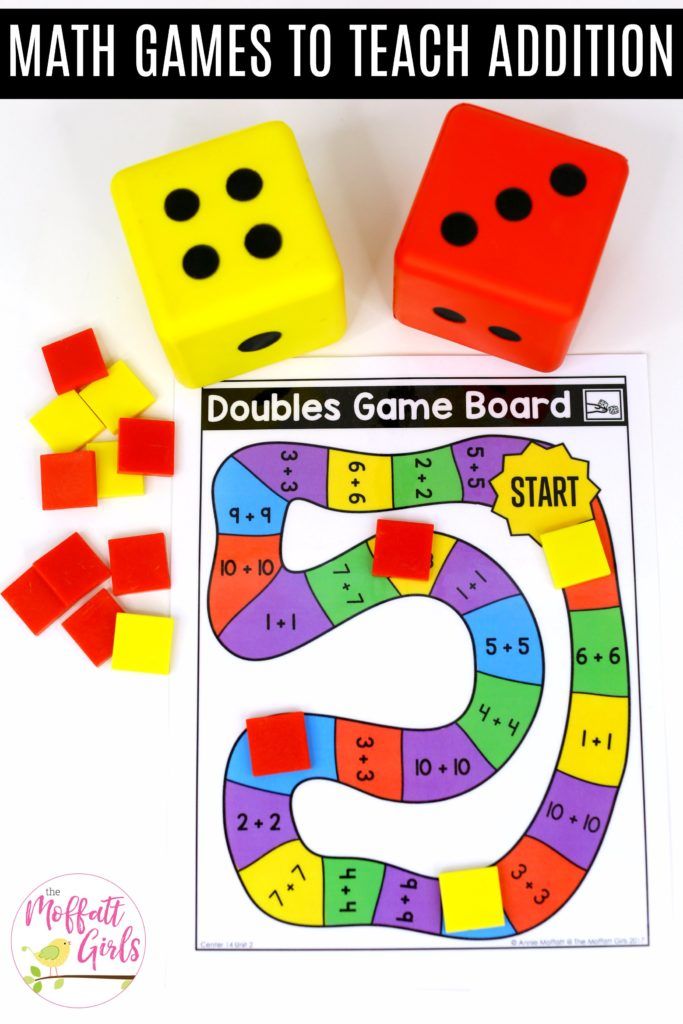
It's quite simple. Prepare by shortening the sentences by a few words, then divide the class into small groups and give each of them a few words. When you say "GO!" each group will rush to put the words in the correct order.
You can print out the sentences for class use or shuffle words easily using the online quiz tool.
Here's how it works online
- Sign up for AhaSlides for free, create a presentation and select the Right Order slide.
- Add sentence words. Each one will be randomly shuffled for your players.
- Set the time limit.
- Present to your students.
- They all join their phones and compete to sort the words faster!
Classroom vocabulary games
These cool vocabulary games are similar to the cool ESL games, but focus more on single words than sentence structures. These are some non-intimidating cool games that can boost your students' self-esteem and energy levels.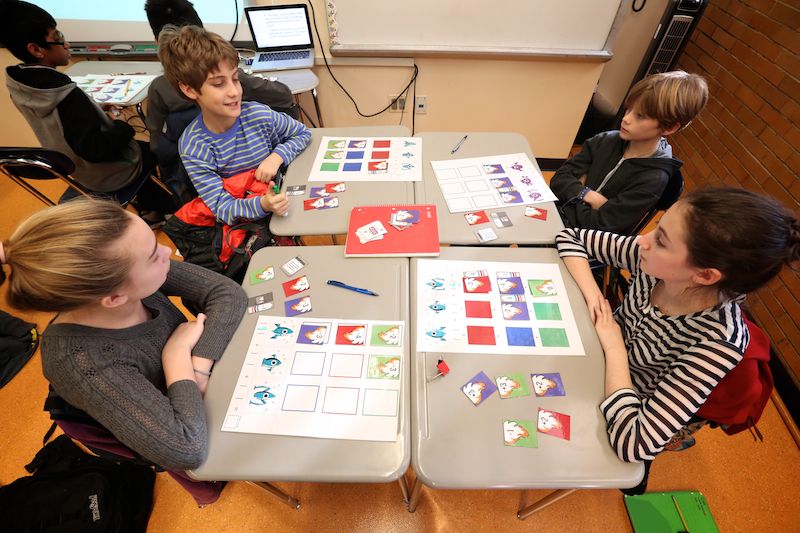
Here is the complete list 👉 10 fun word games for class
#8 - Pixel
It's time to let the students practice drawing.
Pictionary is very easy to play in class. You assign one person to read the word you have prepared, and they will have to quickly jot it down in 20 seconds. When there is time left, the others will have to guess what the scribbles are.
You can let them play in teams or individually, and make the task more difficult depending on the level of the students. To play Pictionary online, be sure to use the Zoom board or one of the many great free apps like Pictionary.
#9 –
Word Scramble There is nothing more rewarding than deciphering words and figuring out what they might mean. You can make some Word Scramble Worksheets ready with different themes like animals, festivals, stationery, etc. and unfold them during class. The first student to correctly decipher all the words will be the winner.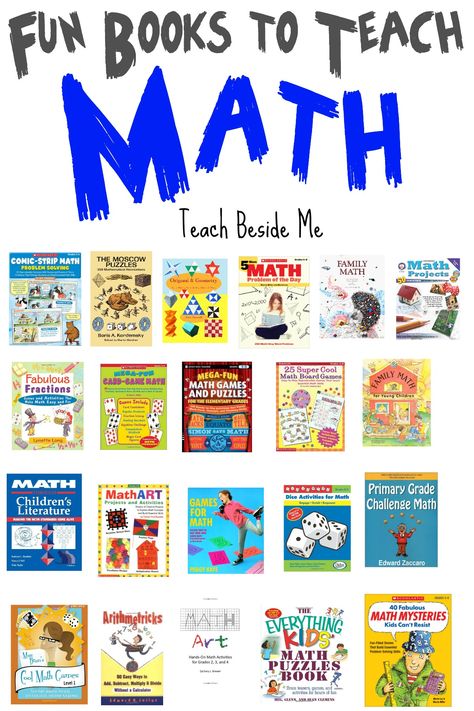
#10 –
Guess the secret wordHow can you help students memorize new words? Try the word association game, Guess the secret word.
Think of a word first, and then tell the students some words related to it. They will have to use their vocabulary to try and guess the word you are thinking of.
For example, if the secret word is "peach", you can say "pink". Then they might guess something like "flamingos" and you tell them it's irrelevant. But when they say words like "guava", you can tell them it's related to the secret word.
#11 - Stop the bus
This is another great game for vocabulary review in the classroom.
Start by preparing some categories or topics that contain the target vocabulary your students are learning, such as verbs, clothes, transportation, colors, etc. Then choose a letter from the alphabet.
Your class, which is to be divided into teams, will have to write every word from every category that starts with that particular letter as quickly as possible. When they complete all the lines, they will have to yell "Stop the bus!".
When they complete all the lines, they will have to yell "Stop the bus!".
For example, there are three categories: clothes, countries, and cakes. The letter you chose is "C". Students need to come up with something like this:
- Corset (clothes)
- Canada (countries)
- Cake (cupcakes)
Cool board games
Board games are great for classroom activities. They enhance students' collaboration and vocabulary skills through fruitful competition. Here are some quick classroom board games that can be played virtually or in a physical classroom, and for all ages.
#12 –
HeadbanzTaken from the classic family board game, Headbanz is uplifting and very easy to play.
Print out some cards related to the category of animals, food, or objects, and then tape them to the students' foreheads. They will have to ask Yes or No questions to figure out what the cards are before the time runs out.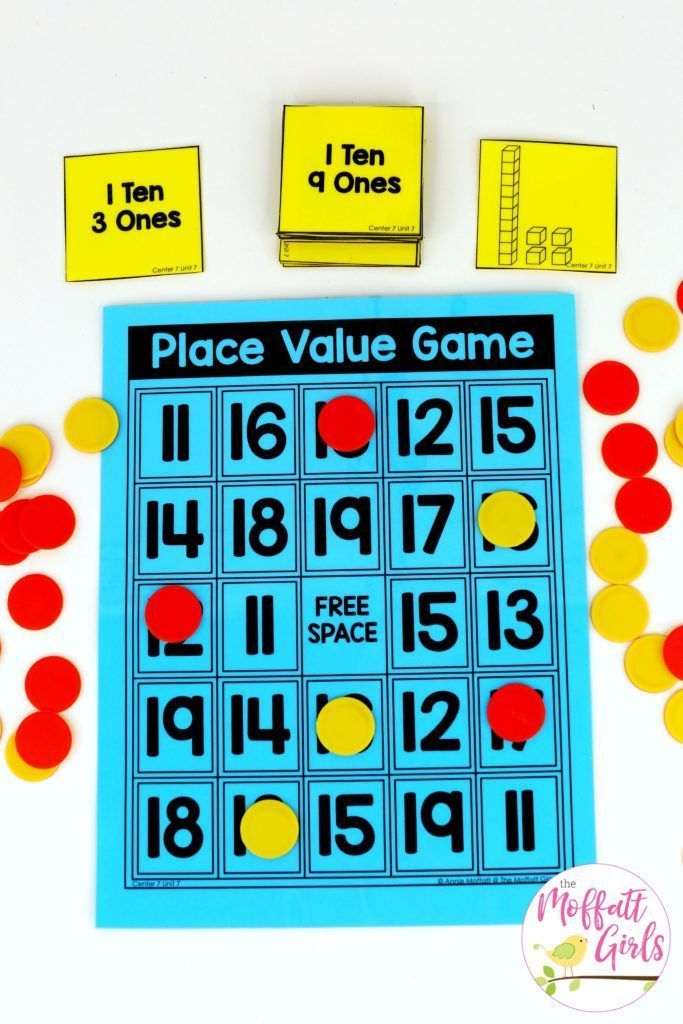 Playing in pairs is optimal for Hedbanz.
Playing in pairs is optimal for Hedbanz.
#13 –
cunningOn a jumbled grid of 16 letters, the goal of cunning is to find as many words as possible. Up, down, left, right, diagonal, how many words can your students think of on the grid?
Lots of free Boggle templates online for distance learning and physical class. Fold a few pieces and give them to your students as a nice surprise at the end of the lesson.
#14 –
Apples to ApplesGreat for developing students' vocabulary, Apples to Apples is a fun board game to add to your classroom collection. There are two types of cards: Things (which usually contain a noun) and Description (which contain an adjective).
As a teacher, you can be the judge and choose Description card. The students try to choose from the seven cards they have in their hand, Item they think it best fits this description.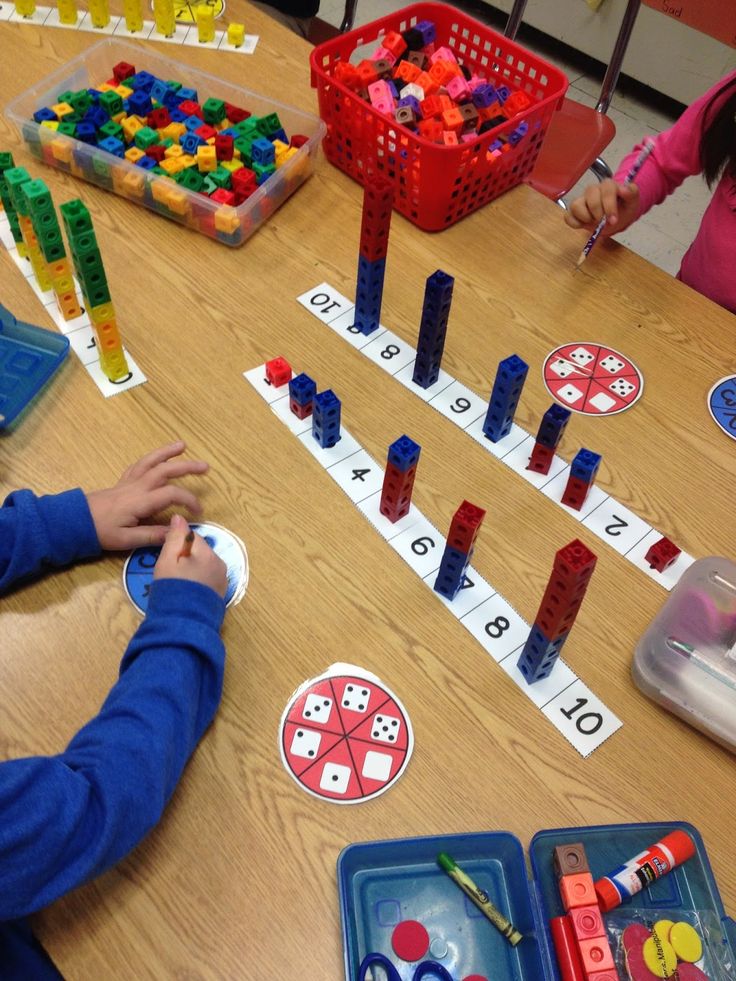 If you like this comparison, they can leave Description card. The winner is the one who collects the most Description cards in the game.
If you like this comparison, they can leave Description card. The winner is the one who collects the most Description cards in the game.
Cool Math Games
Has learning math ever been fun? We dare to say YES because with these short but powerful math games your students will add math to their list of favorite subjects. It is also scientifically proven that lessons built around play activities generate more math enthusiasts. Check it!
Here is the full list 👉 Top 10 math video games for bored K12 school kids?
#15 –
Would You Rather - Math EditionWould you rather buy packs of 12 cookies for $3 each or packs of 10 cookies for $2.60 each?
I don't know which answer your students will choose, but we love cookies 🥰️ In the standard version of You'd rather be , students are presented with a two-choice scenario. They will have to choose which option they choose and justify it with logical reasoning.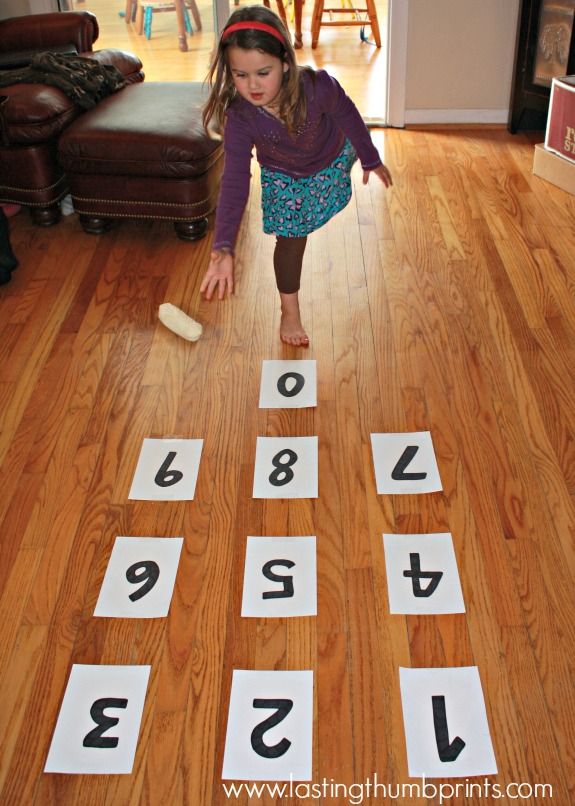
In the math edition, all students play at the same time and compete to choose the best proposal from two options.
The game can be played both online and offline to quickly break the ice or finish the lesson. Let's play You would be better with AhaSlides!
#16 –
101 and upDo you ever worry that your math class ends on a boring note? How about starting some rounds of 101 and above , a fun class activity in which the goal is to score as many points as possible without missing the number 101. Divide your class into groups and make a spinning wheel representing dice (yes, we guess not each class has a pair of ready-made bones).
Each group will take turns spinning the wheel, and they can either count the number at face value or multiply it by 10. For example, if a five comes up, they can keep that number or turn it into 50 to quickly get to 101.
Older students can be given an awkward multiplication number, such as 7, to make it harder to make decisions.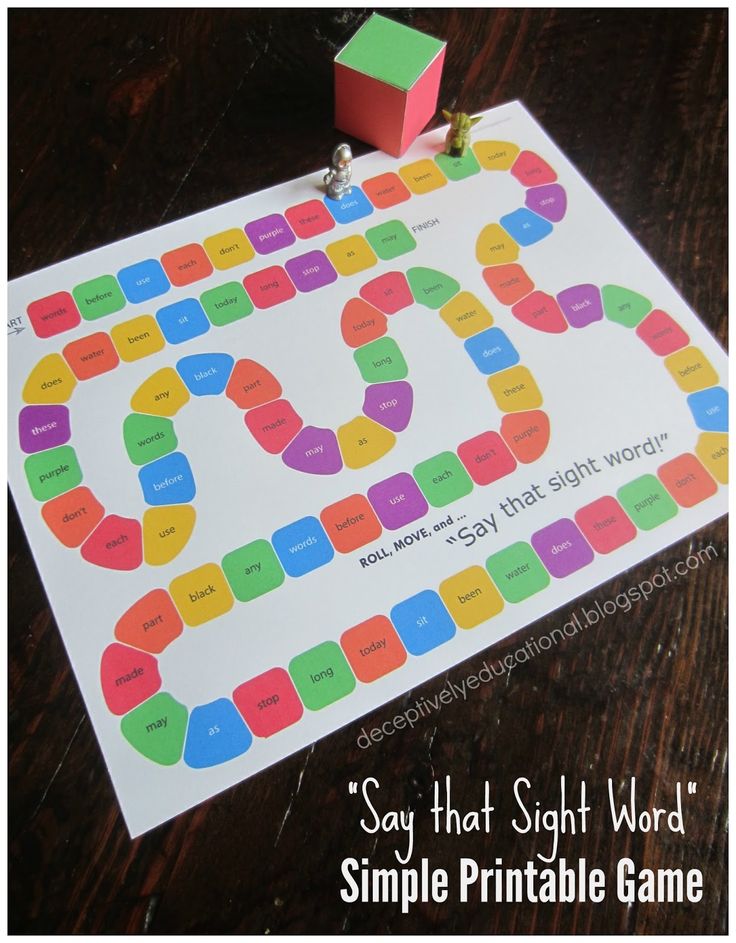
💡 Want more spinning wheel games right? We have a free interactive template for you! Just search for "class spinning wheel games" in the template library.
#17 –
Guess my numberFrom 1 to 100, what number is on my mind? In Guess my number , students will have to guess what number you think. This is a good math game to train everyone's logical thinking. They may ask questions such as "Is it an odd number?" "Is it in the nineties?" "Is it a multiple of 5?" and you can only answer "Yes" or "No" without giving any other answers. hints.
Find out how to have Fun Picture Quiz Ideas with AhaSlides!
Fun educational games for preschoolers. Part 1 ‹ engblog.ru
If you are a caring mother or a loving father, or a person interested in the future of your child, or a teacher "in search" of effective methods - this article is for you. You have probably heard or read that the best way a child perceives information is in a playful way.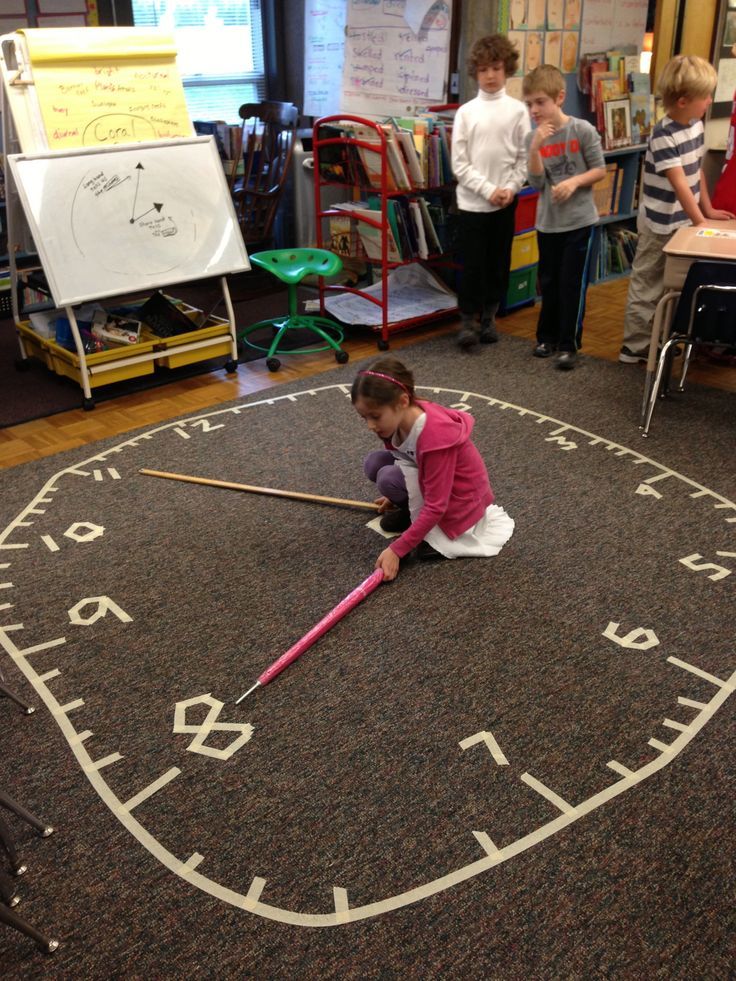 With this technique, the child does not feel pressure or fear of making a mistake. He plays because he is interested, and it captures him! The earlier the child begins to study English, the easier and more interesting the study itself is, the more knowledge and desire he has to learn further! When you devote enough time to studying a foreign language before school, especially if the study takes place in a playful way, then when school time comes, the child is more diligent, he is interested in learning, and knowledge jumps into his head. I myself taught in a children's studio, where English was taught in the form of games. When entering the school, our students received the highest results in the class. One little girl even said on the first of September: “This is the best day of my life! I'm finally going to school!" Such children already subconsciously perceive learning as something interesting, as learning something new, as it was originally intended.
With this technique, the child does not feel pressure or fear of making a mistake. He plays because he is interested, and it captures him! The earlier the child begins to study English, the easier and more interesting the study itself is, the more knowledge and desire he has to learn further! When you devote enough time to studying a foreign language before school, especially if the study takes place in a playful way, then when school time comes, the child is more diligent, he is interested in learning, and knowledge jumps into his head. I myself taught in a children's studio, where English was taught in the form of games. When entering the school, our students received the highest results in the class. One little girl even said on the first of September: “This is the best day of my life! I'm finally going to school!" Such children already subconsciously perceive learning as something interesting, as learning something new, as it was originally intended.
Some parents complain that there is little activity and return from children in such games.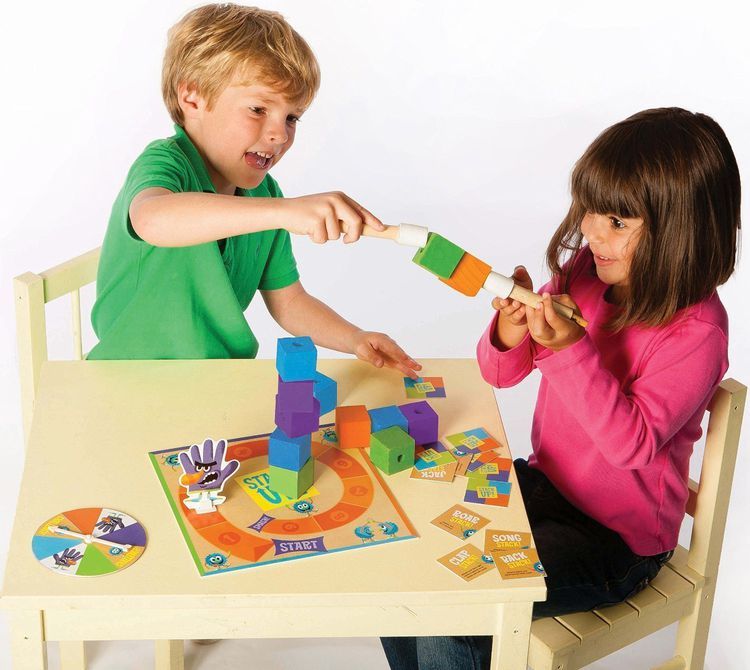 Is there any reason? I can confidently say yes. Many children can accumulate information for half a year or a year, as I observed, and only after a while all this “give out”. They gain so-called passive knowledge, which later becomes active. Often it is even useful for them to watch adults play with other children using English (if they themselves do not want to play). In no case should you stop, you must try to interest the child!
Is there any reason? I can confidently say yes. Many children can accumulate information for half a year or a year, as I observed, and only after a while all this “give out”. They gain so-called passive knowledge, which later becomes active. Often it is even useful for them to watch adults play with other children using English (if they themselves do not want to play). In no case should you stop, you must try to interest the child!
Everyone says and writes that the lessons should be interesting and intense, but what can we offer right now for children from 3 to 6-7 years old to learn English? I bring to your attention a few simple games that you can easily play at home or on the street. Transcription is specially given in Russian letters so that parents pronounce words correctly in games.
Game “ Please show me …”
[please show me:] – Please show me…
Arrange on the table figurines or pictures of the animals you have just learned (fruits, vegetables).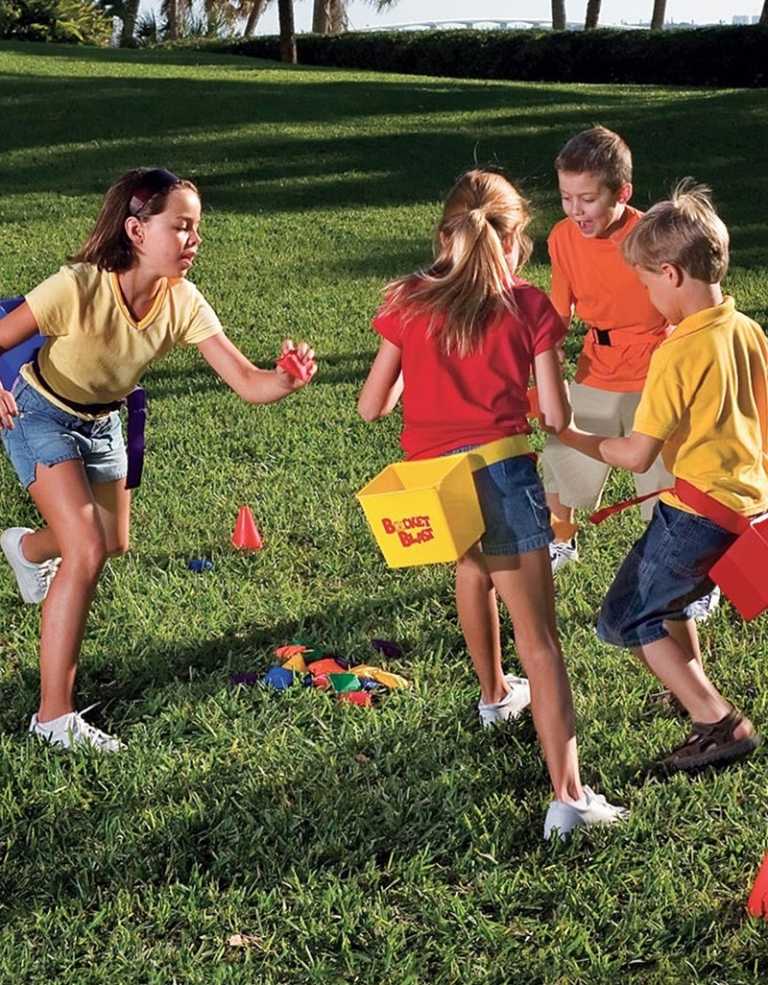 Suggest to the child(ren) in response to your request: " Please show me a monkey !" - show a picture of a monkey, and in response to the phrase: " Please show me a rooster !" – cockerel, etc.
Suggest to the child(ren) in response to your request: " Please show me a monkey !" - show a picture of a monkey, and in response to the phrase: " Please show me a rooster !" – cockerel, etc.
Game “ Please give me …”
[please give me:] – Please give me…
This game is very similar to the previous one. The only difference is that in response to the leader's request, the child must find and give him a card with the image of the desired animal. Giving a card, for example, with a picture of a monkey, the child should say:
It is a monkey. [it from emanca] - This is a monkey.
Game “ Point to …”
[point to] – Point to…
must point with a finger at the named object. Play these games with your child as often as possible.
Point to a window.
Point to a door.
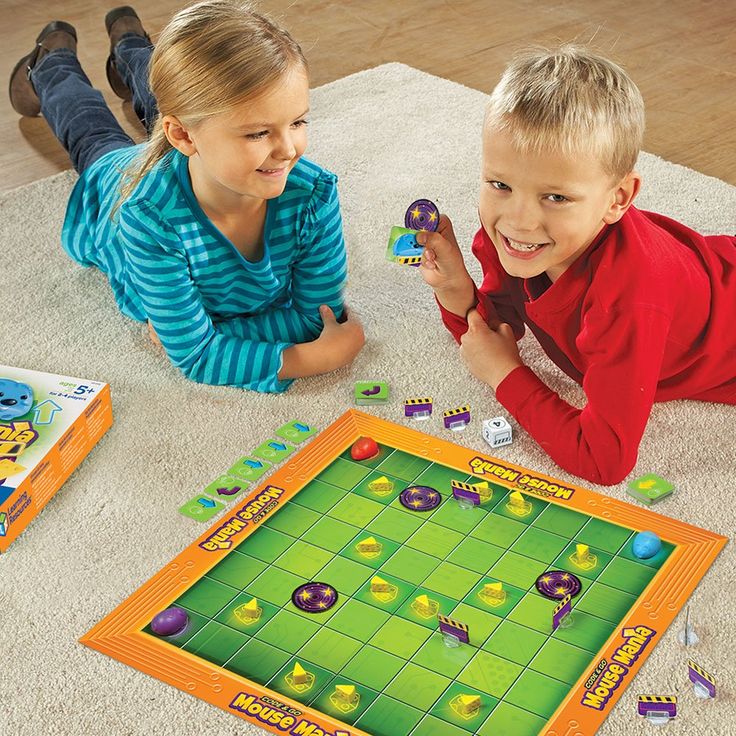
Point to a ceiling.
Point to a floor.
Game " What number is missing ?"
[here is the mishin nambe] – What number is missing?
The leader says: “ What number is missing ? [here is the nambe from the mishin] - What number is missing? - after which he counts in English from one to twelve (depending on which numbers you have already learned). Children, listening carefully, call the missing number in English. Then you can skip two or three numbers. This and other games can be started with the command:
One, two, three! look at me! [bath tou: sri: bow et mi:] - One, two, three! Look at me!
Intelligence game
The facilitator names various objects in English. When objects that can fly are called (airplane, rocket, bird, bat, helicopter), the child should wave his hands, depicting a flight.
Game "So or not so?"
This is a very easy game that children enjoy playing. You can use drawings of objects from any topic (vegetables, vehicles, dishes, etc.) in it. The facilitator shows the drawing and asks, for example:
Is this a potato?” [from sis e paiteu] Is that a potato?
If the picture shows a potato, the child should answer:
Yes, it is! [eu, id from] - It's true!
If the picture shows something else, the child should answer:
No, it is not! [know, it from notes] - No, it's not!
Game " Whose baby is it ?"
[hoose baby from it] - Whose baby is this?
Place pictures of animals and their babies on the table. The facilitator asks a question, for example:
Whose baby is a puppy? [xy:z baby from apapi] - Whose baby is the puppy?
The child must find a card with a picture of the corresponding adult animal - a dog.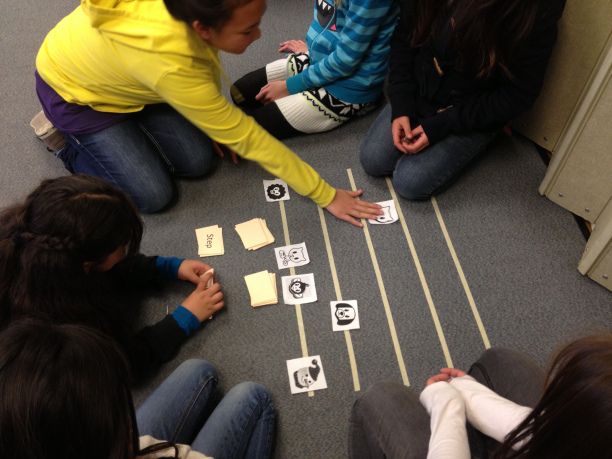 Having found the right card, the child answers like this:
Having found the right card, the child answers like this:
A puppy is a dog’s baby. [e papi from e dog baby] - A puppy is a child of a dog.
A pig has a pigling
Ask the children to describe today's weather.
Animals and weather
[animals and weather] - Animals and Weather
Use the animal cards to talk to the children about what kind of weather animals like. For example:
Cats like sunny weather. [cats like sleigh veze] - Cats love sunny weather.
Frogs like rainy weather. [frogs like rainy weze] - Toads love rainy weather.
White bears like snowy and frosty weather. [white beez like snowy and frosty vase] - Polar bears love snowy and frosty weather.
Snakes like sunny and rainy weather. [snakes like sled and rainy weze] - Snakes love sunny and rainy weather.
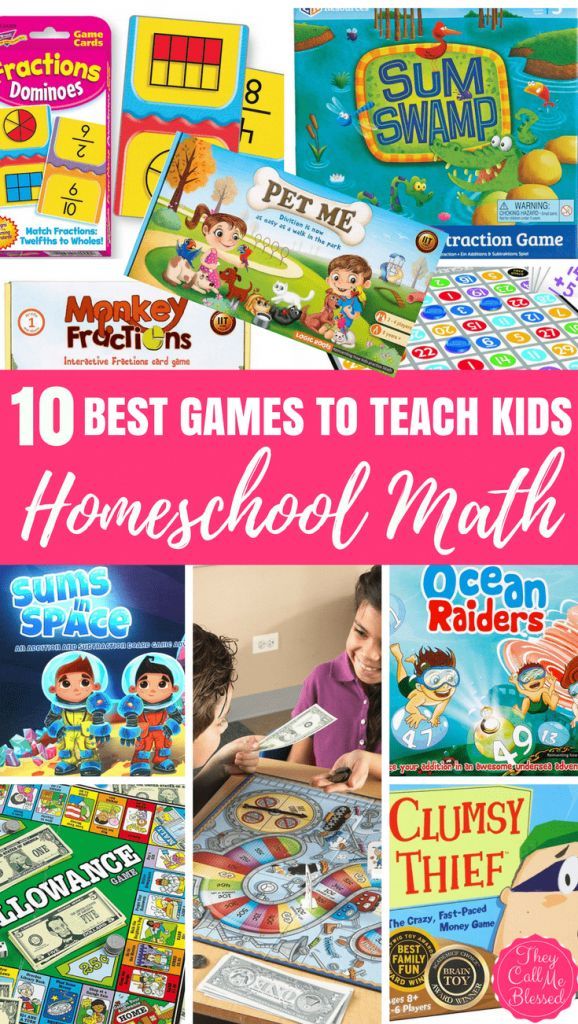
Butterflies like sunny warm weather. [batefly like sleigh in: m weze] - Butterflies love sunny warm weather.
I think that after you've read a few examples of games, you can easily create your own games or diversify existing ones. In this area, the flight of fancy is not limited! You can learn verbs by doing exercises and imitating running, jumping, etc. You can learn absolutely any topic using coloring for this - for example, tell the baby to color a chair or a ball (in English). Poems can be sung to an invented melody. Songs can be depicted using gestures, puppets and toys. You can also use applications to study poetry.
In my next article I will write some more interesting educational games. You can read about how you can beat poems and songs, how to watch cartoons in English correctly and what applications can be used in the learning process.
If you do not have the opportunity or time to educate your child, in any city there are private children's studios for preschool children.



